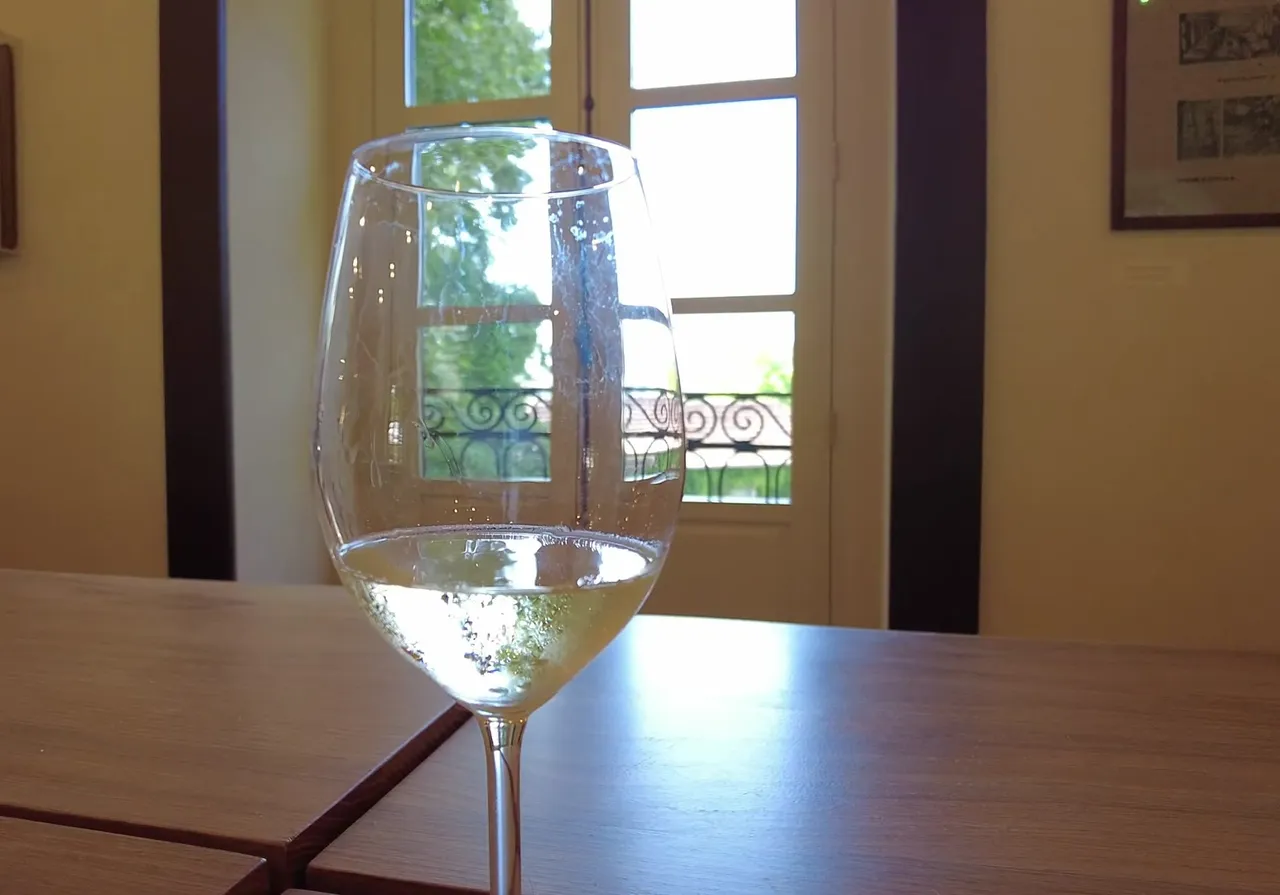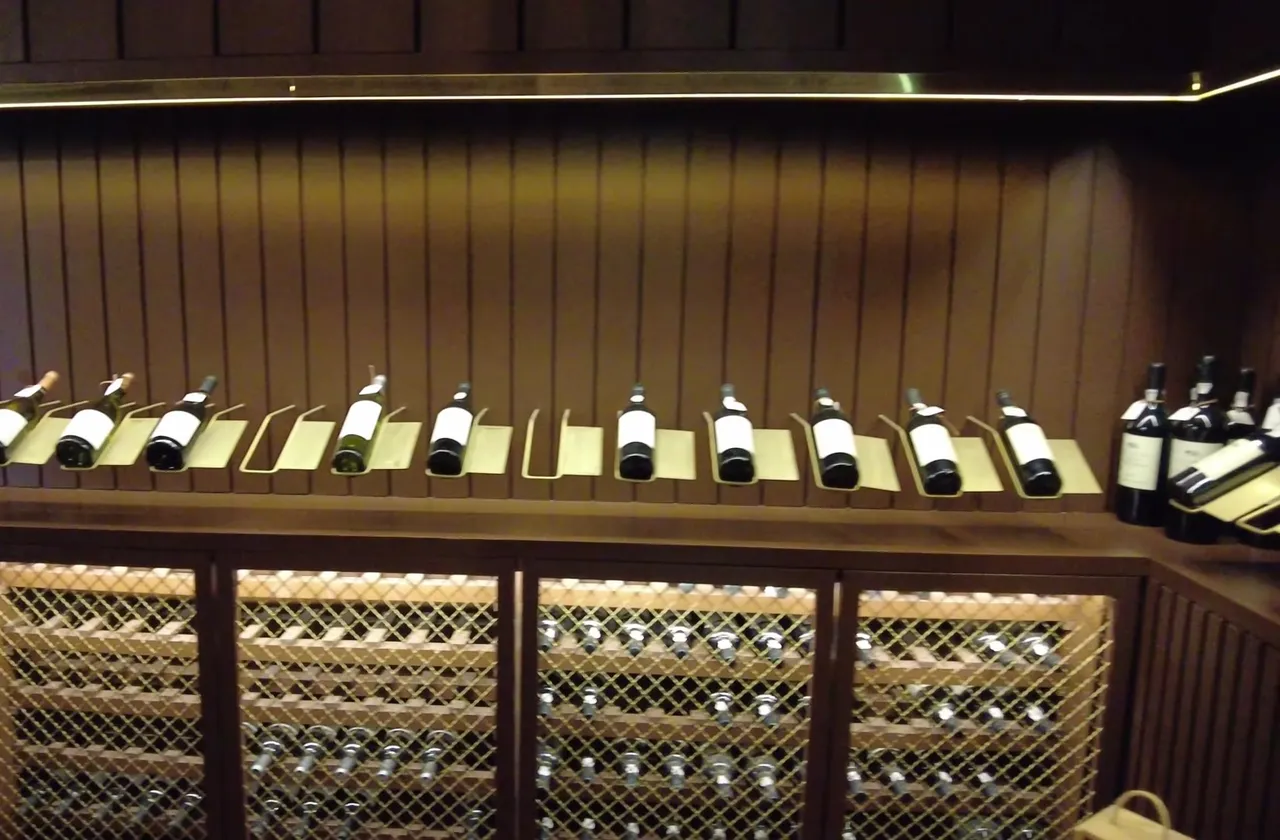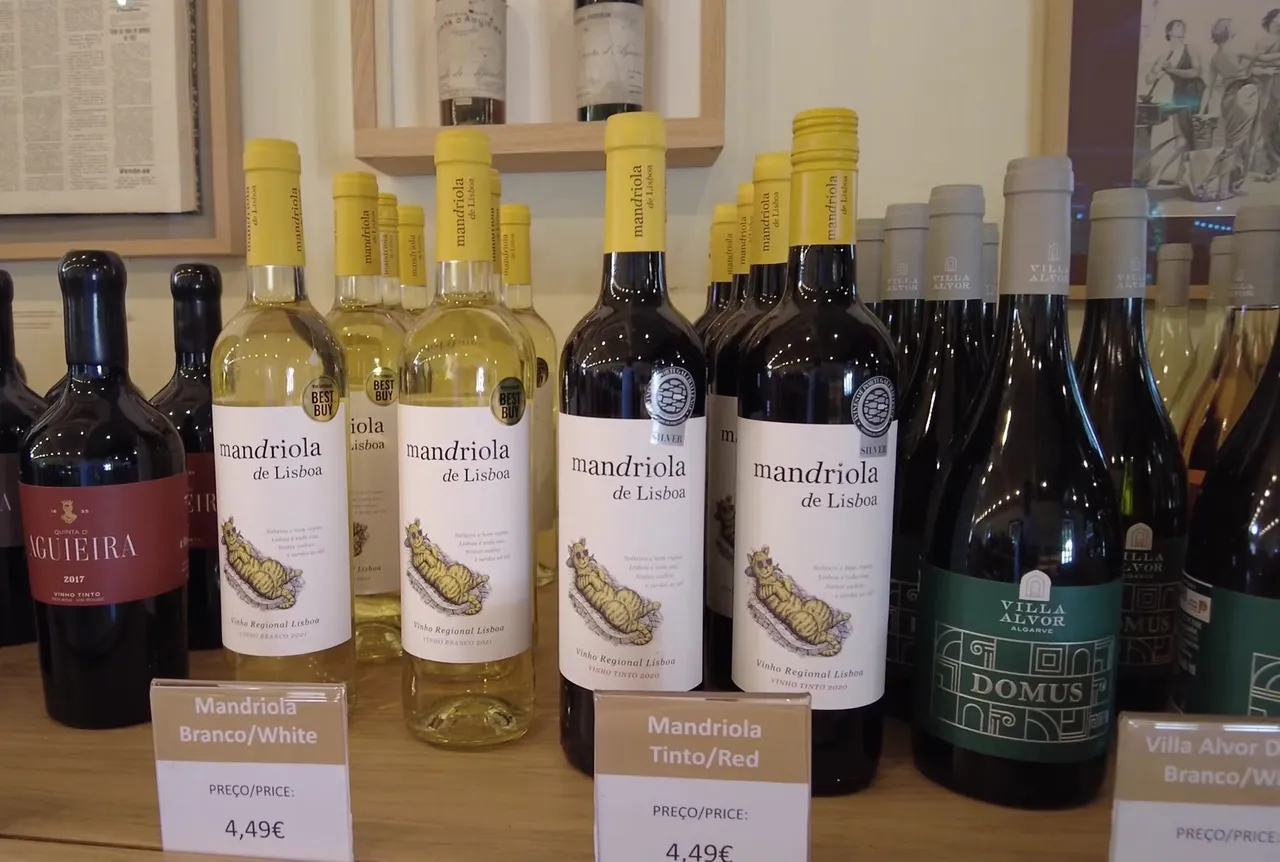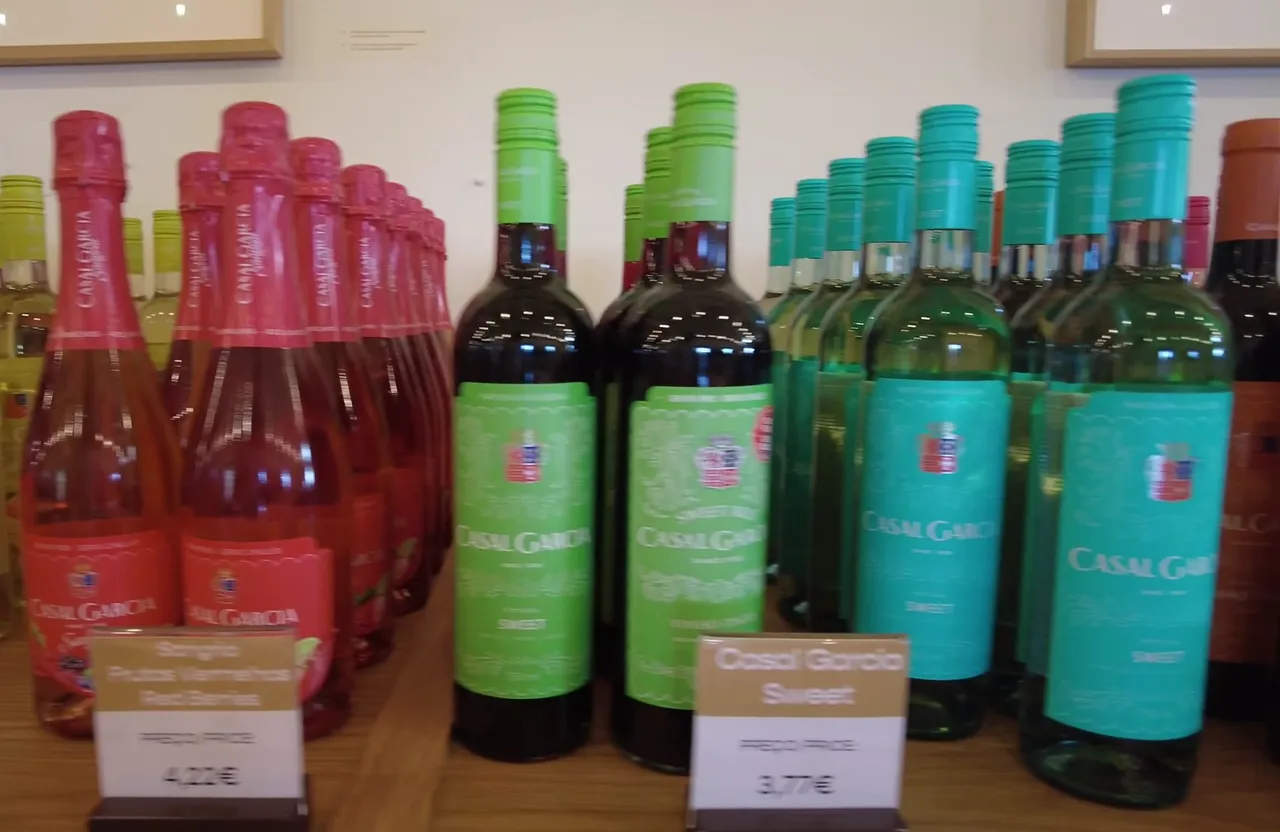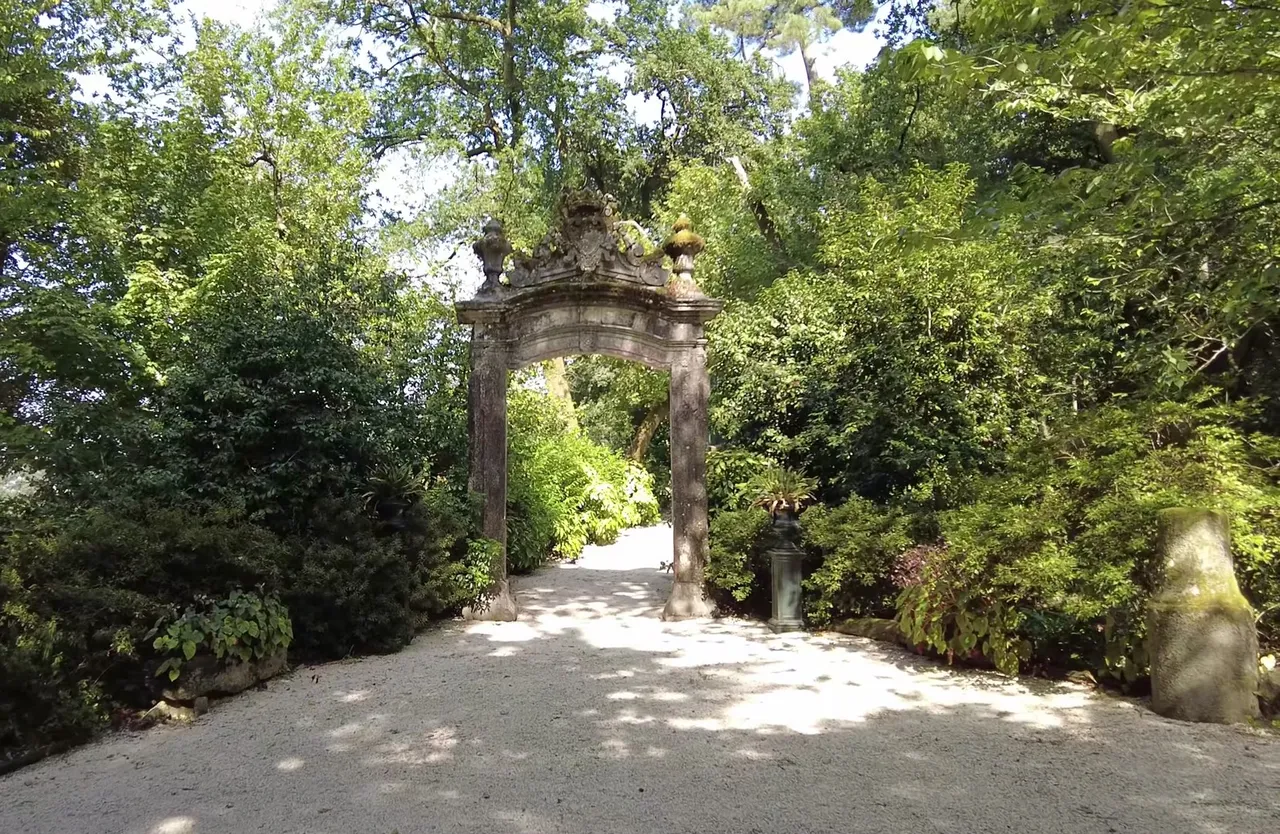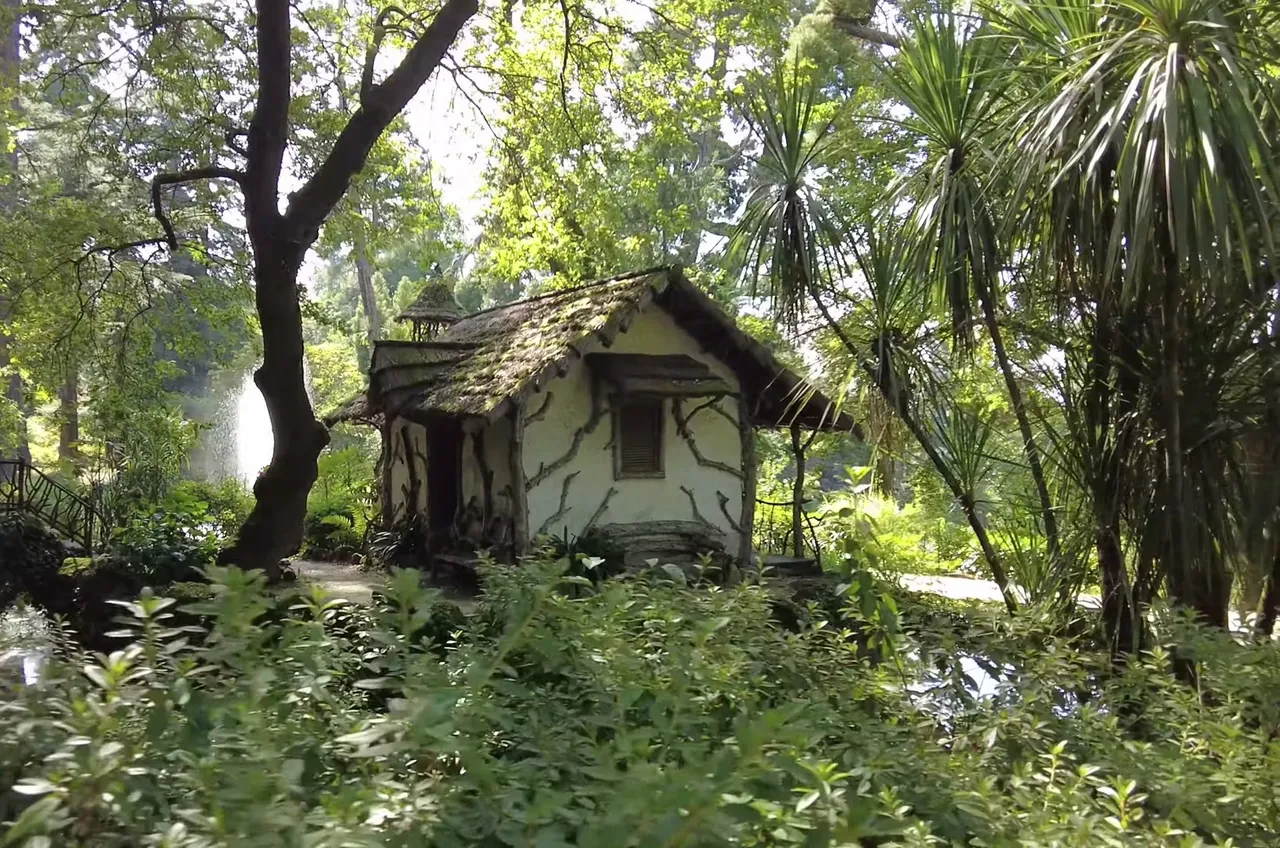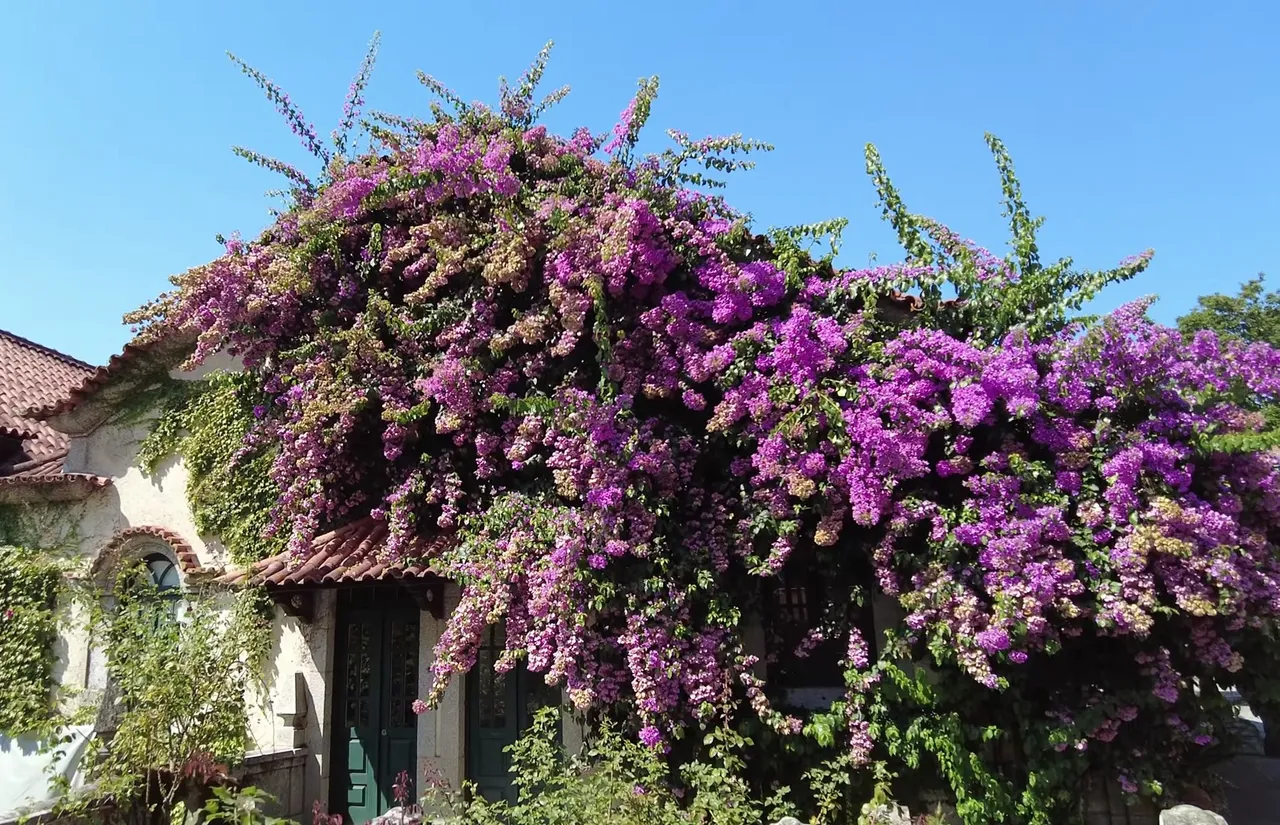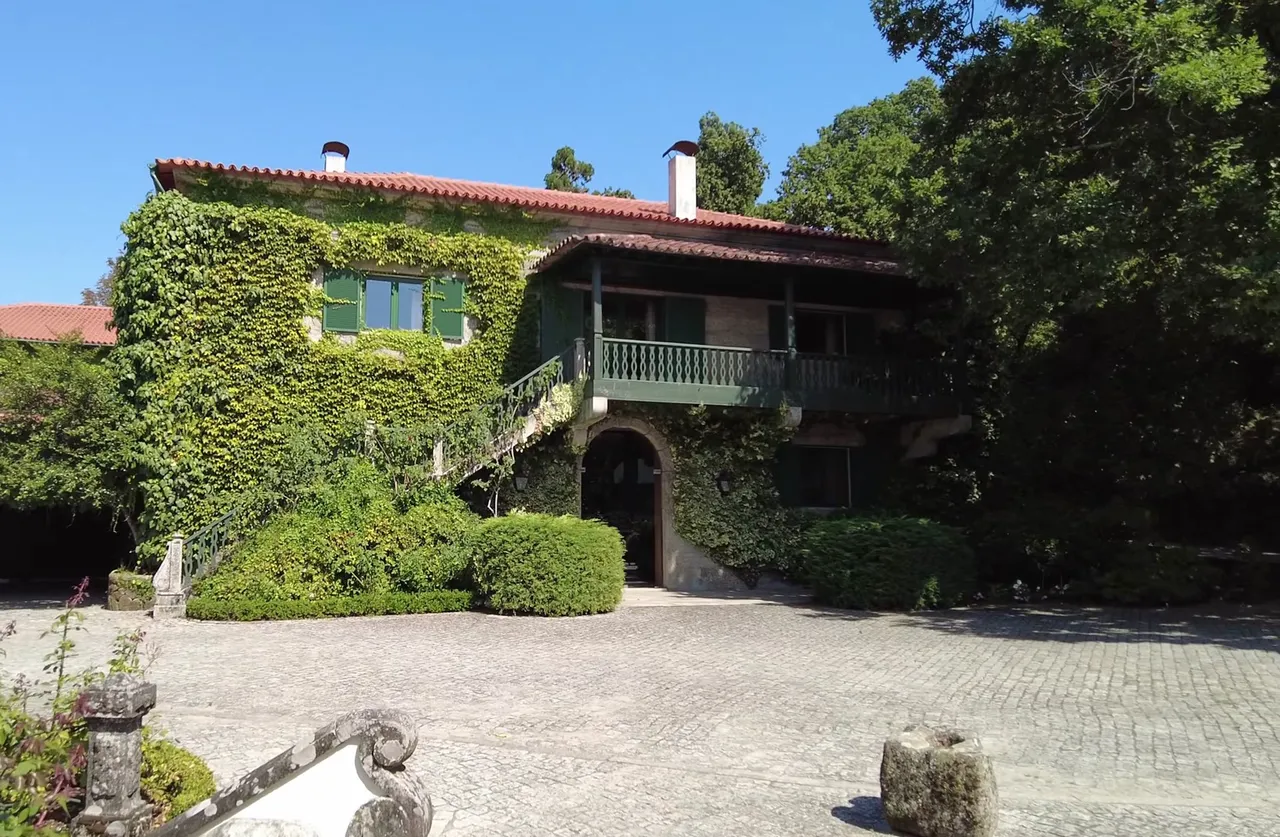
Hello friends, we decided to visit the most important wine region in Portugal. Vinho Verde or Green Wines are world-famous. I was curious why they are called Green and during my trip, I certainly understood. I came to the south of this region, which is quite large, the largest wine-producing region in Portugal, stretching from the Douro River and Porto almost to the Spanish border.

Here we visited one of the most famous wine production facilities, but we started our tour from a small town called Penafiel. There are very interesting things here. Firstly it is located on a high hill, which gives it a very beautiful view. Secondly when I arrived, I saw this view and was a bit surprised because there is the Sameiro Sanctuary, a church reminiscent of the Sacré-Cœur Basilica in Paris. Also this town is really charming, with a great park around the sanctuary. Especially on a hot day like today, there are plenty of trees providing shade. The park is very diverse and layered and it offers beautiful views.
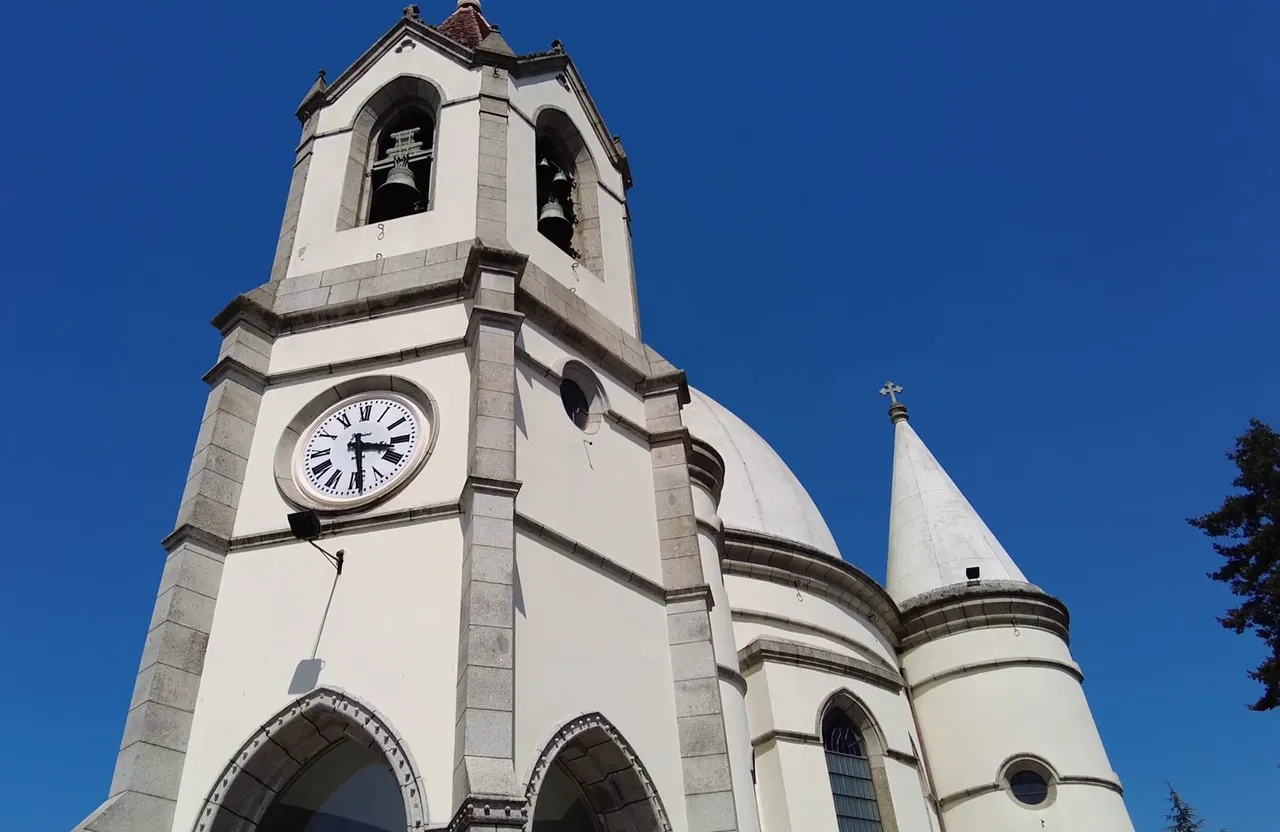
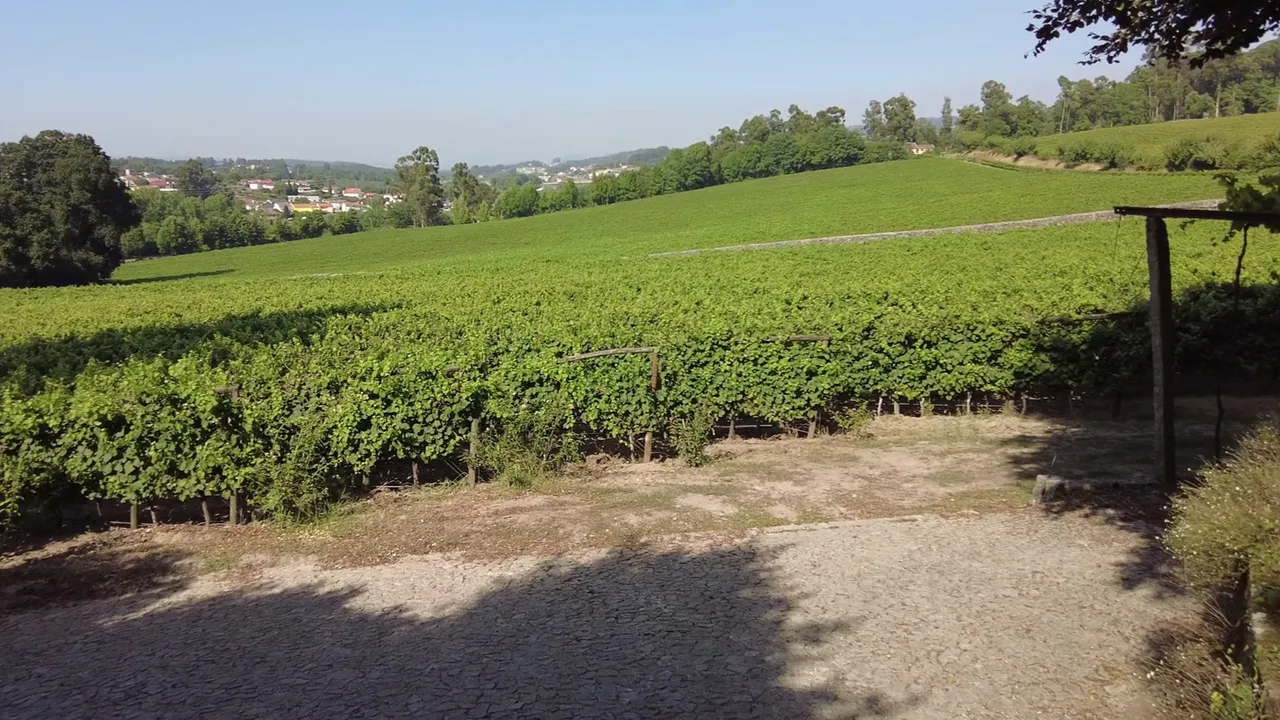
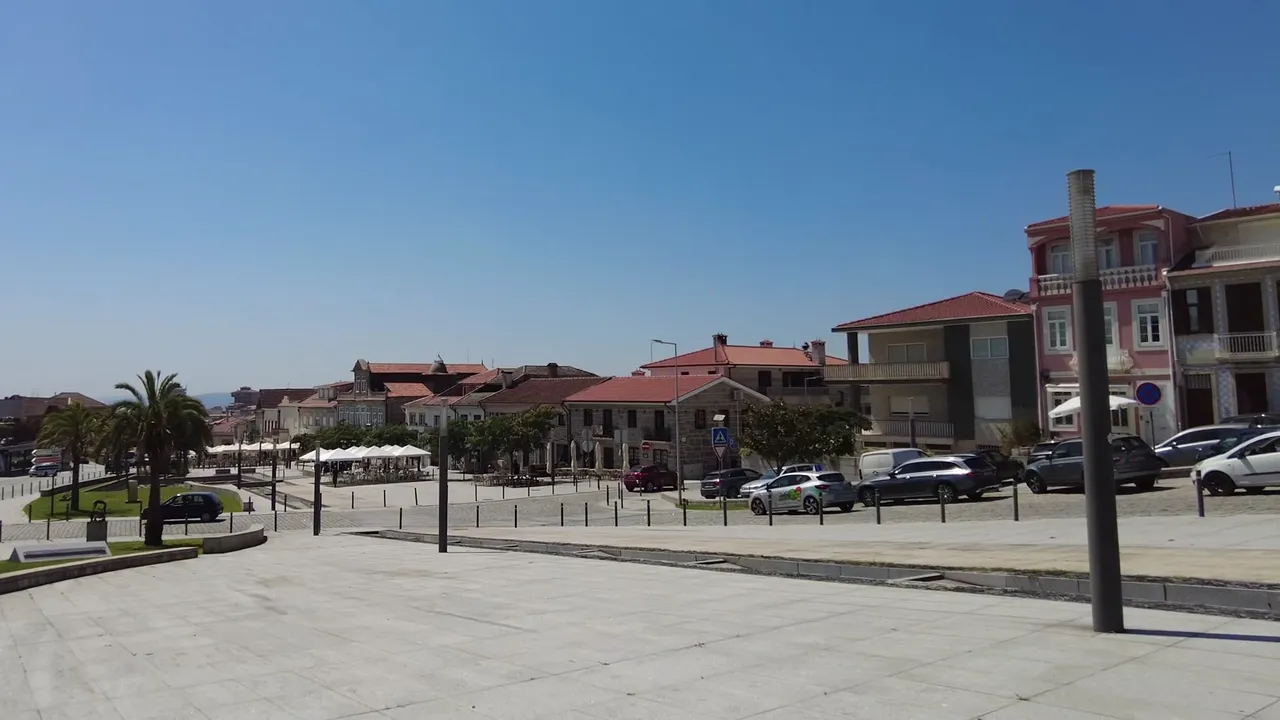
Quinta da Aveleda is one of the oldest Vinho Verde facilities founded in 1870 by Manuel Pedro Guedes. He was a Portuguese politician of that era, dealing with state affairs in Lisbon. He inherited this farm and decided to establish a wine production facility here. However the property had already been here for about 150 years and he created a charming park here. This place is actually a botanical garden and of course, wine production was also carried out here. You can only enter here with a tour and it is really worth it because the park is amazing. The vegetation is collected from all over the world and there are plants from Australia, New Zealand, Africa and of course Brazil.

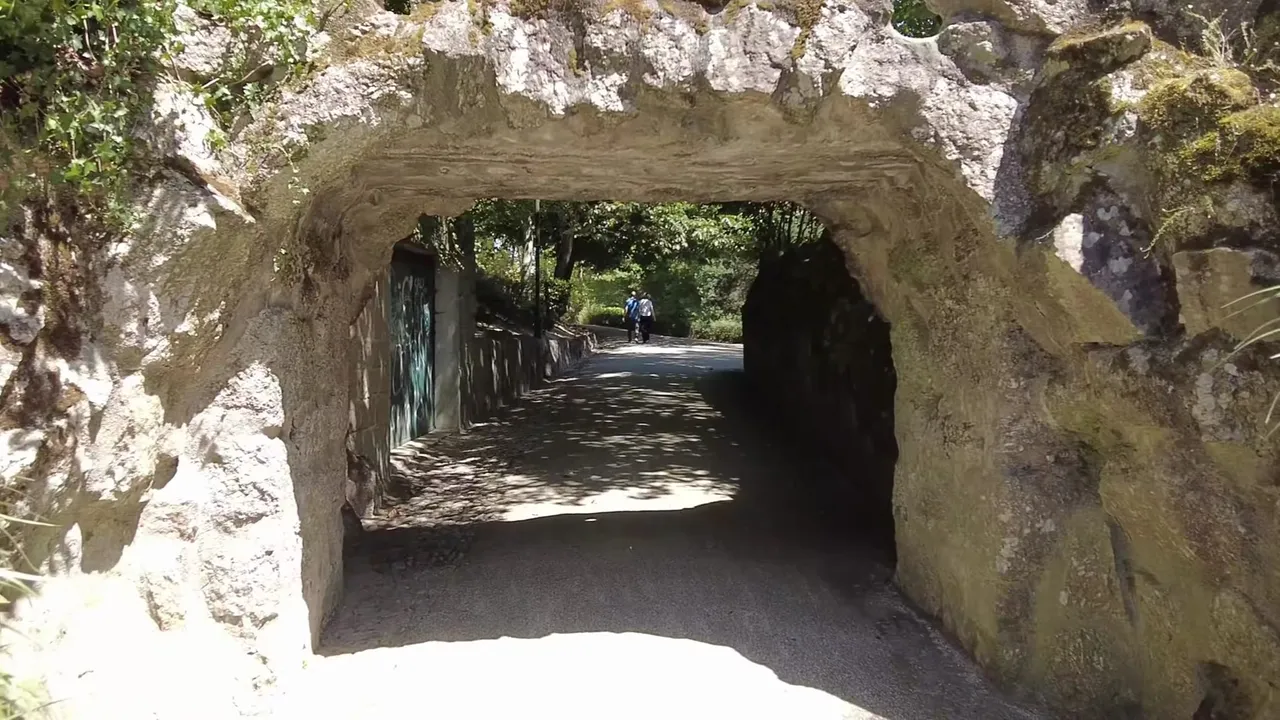
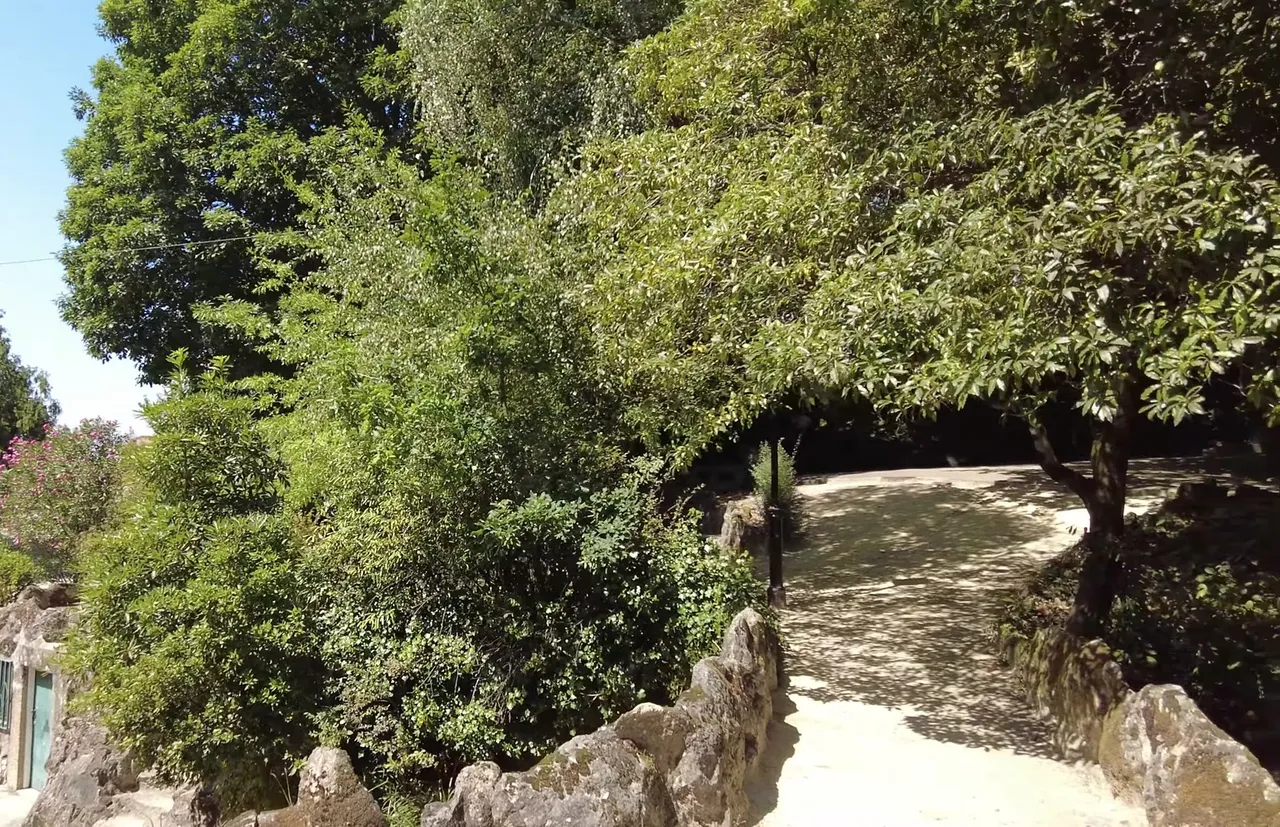

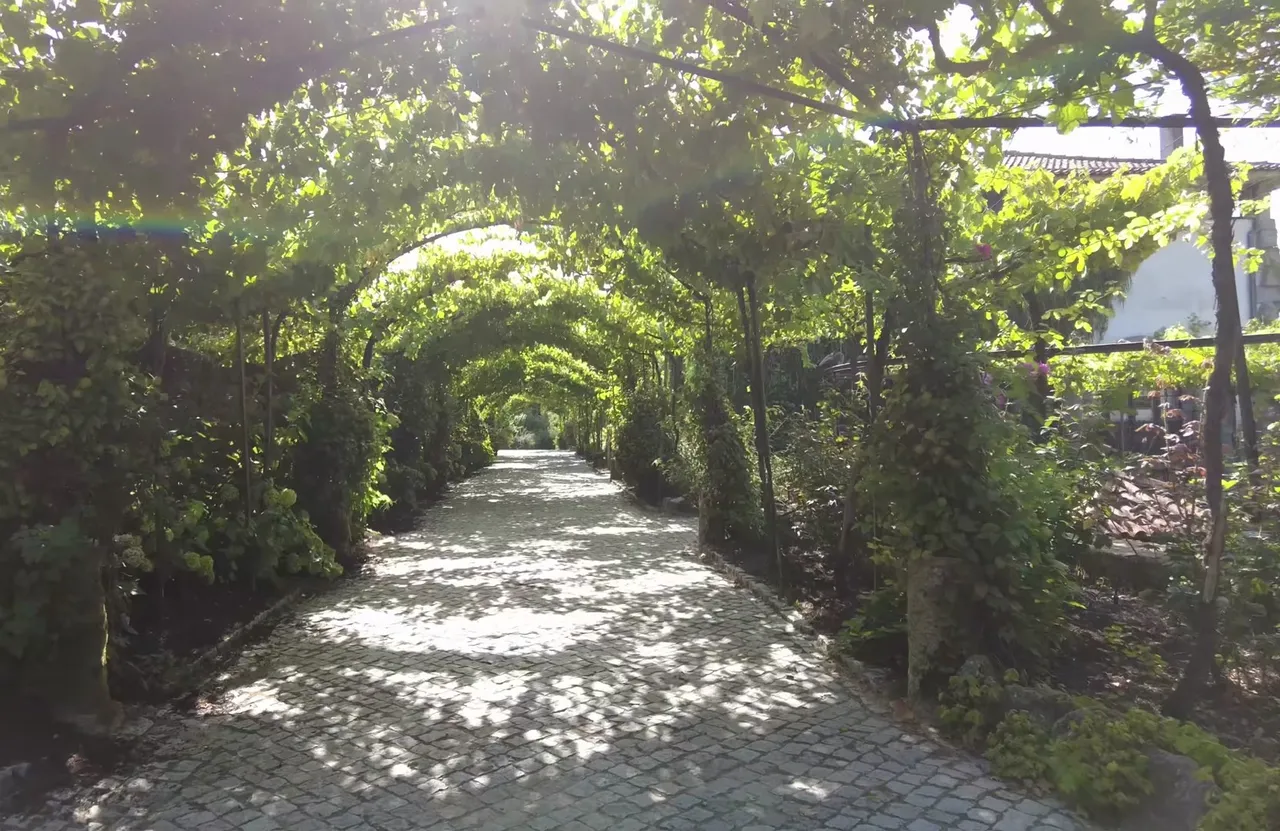
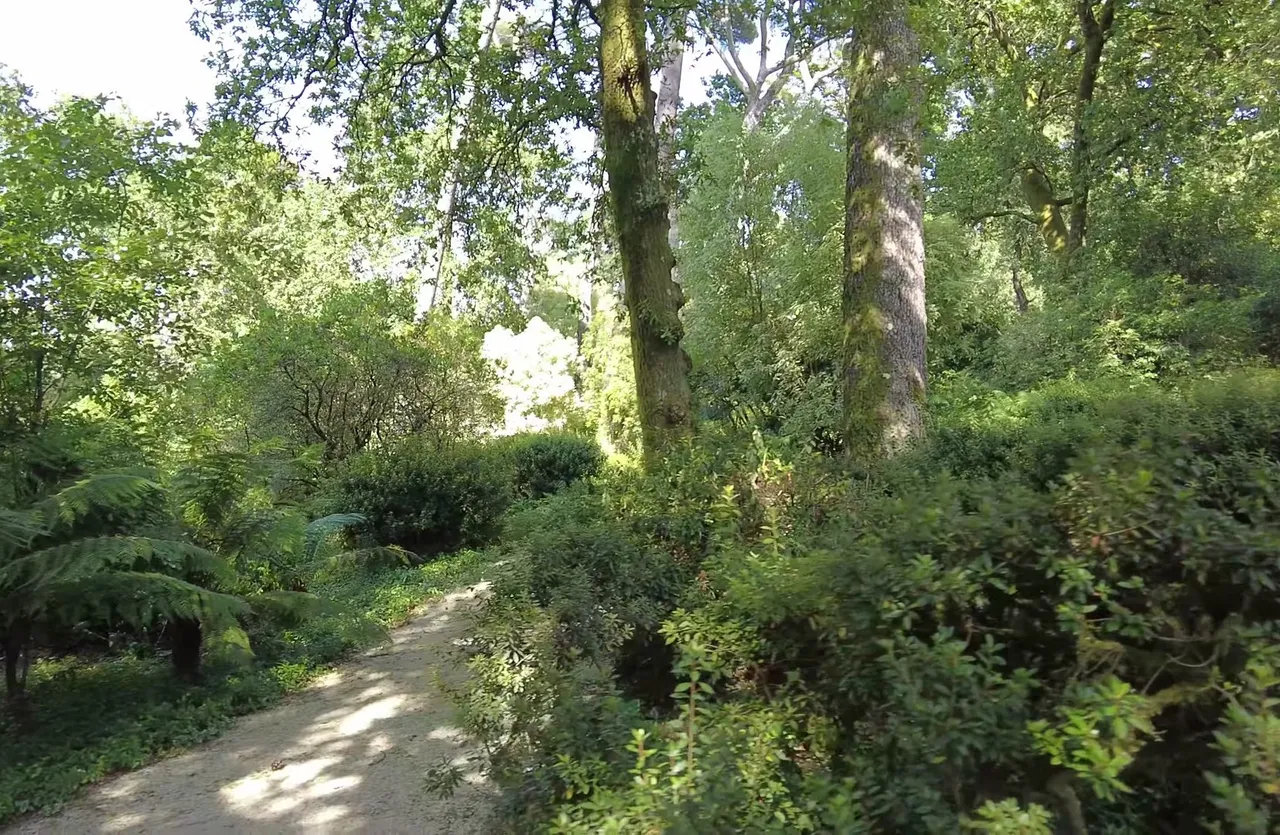

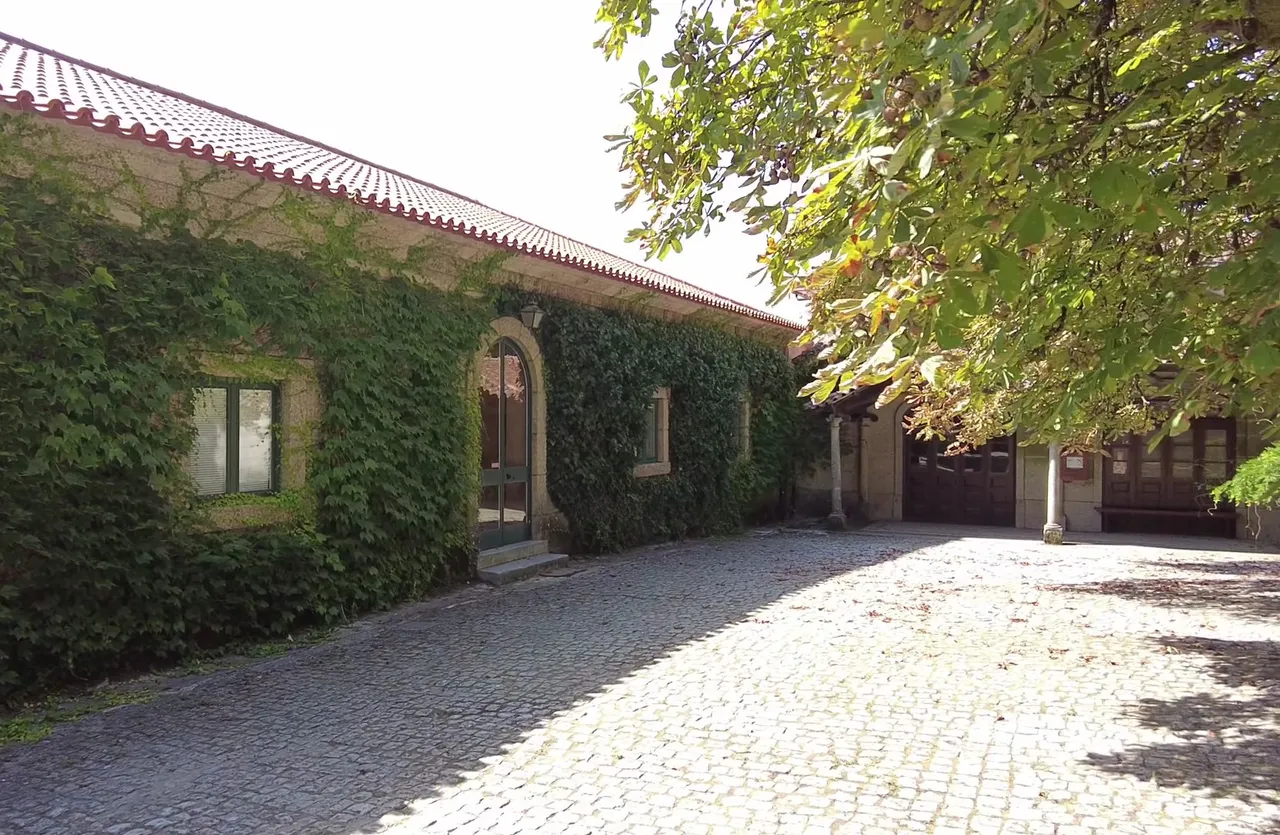
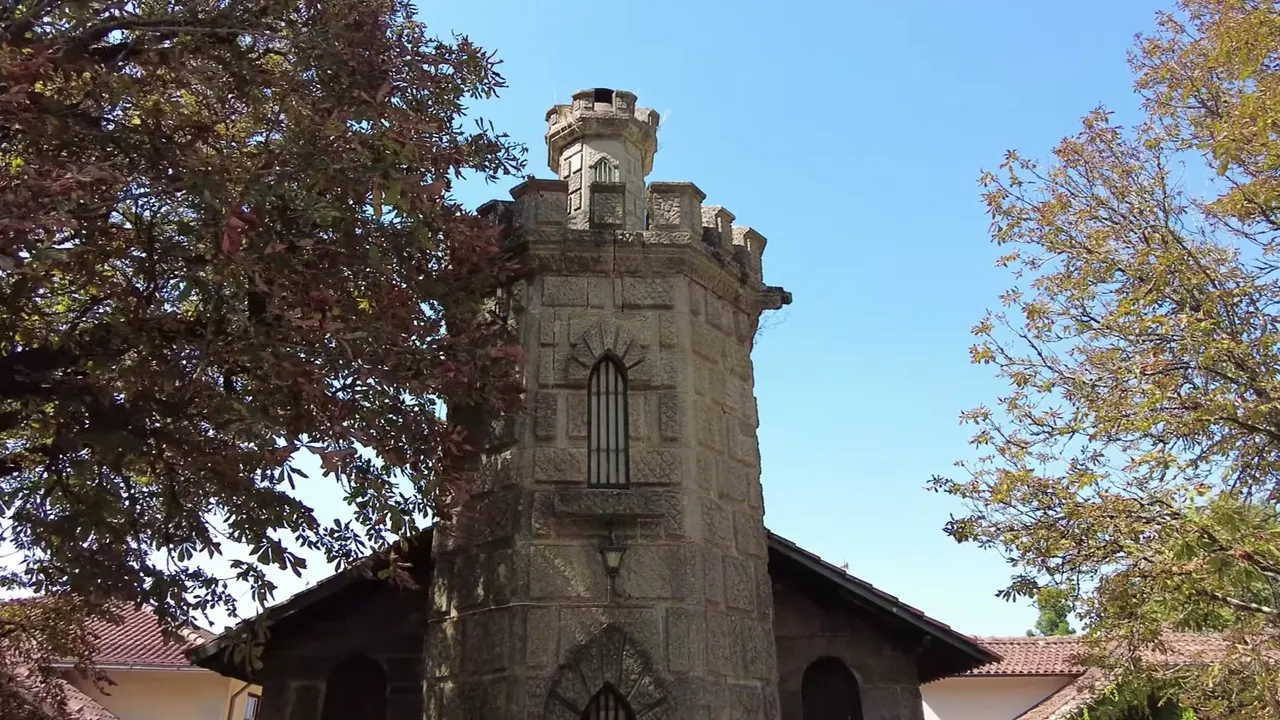
There are also very interesting and unusual structures here. For example, even a cottage built for the doorkeeper attracts great interest. Guedes valued his employees highly and specially built this cottage for the guards. This is not a residence, but a guard's hut. The guard can rest here, especially during the hot summer months and insulation is provided with cork. In Portugal cork is not only used to seal wine bottles but also for insulating houses. You can also see these cork trees here. The cottage is built in a romantic English style and some people compare it to Hagrid's hut in Harry Potter, although Hagrid wouldn't fit in because the doors are very narrow.
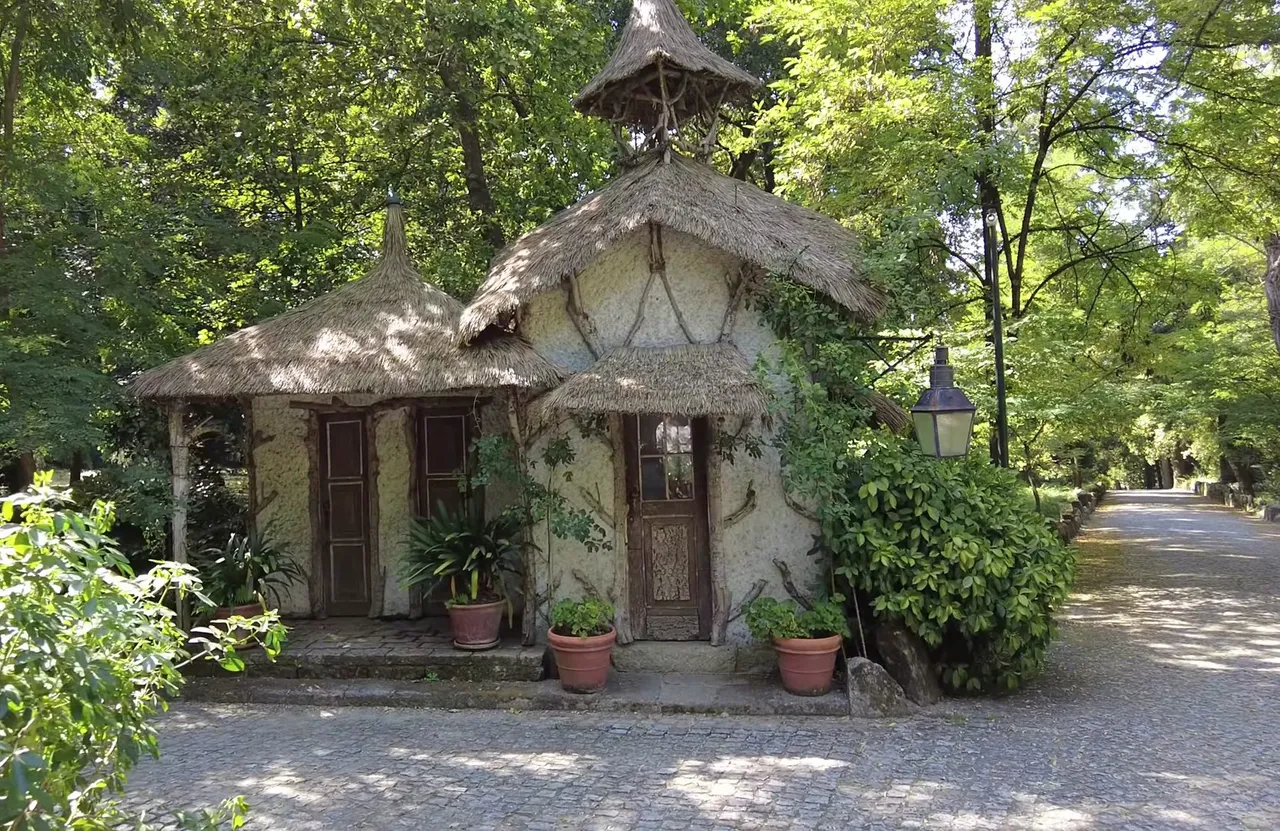
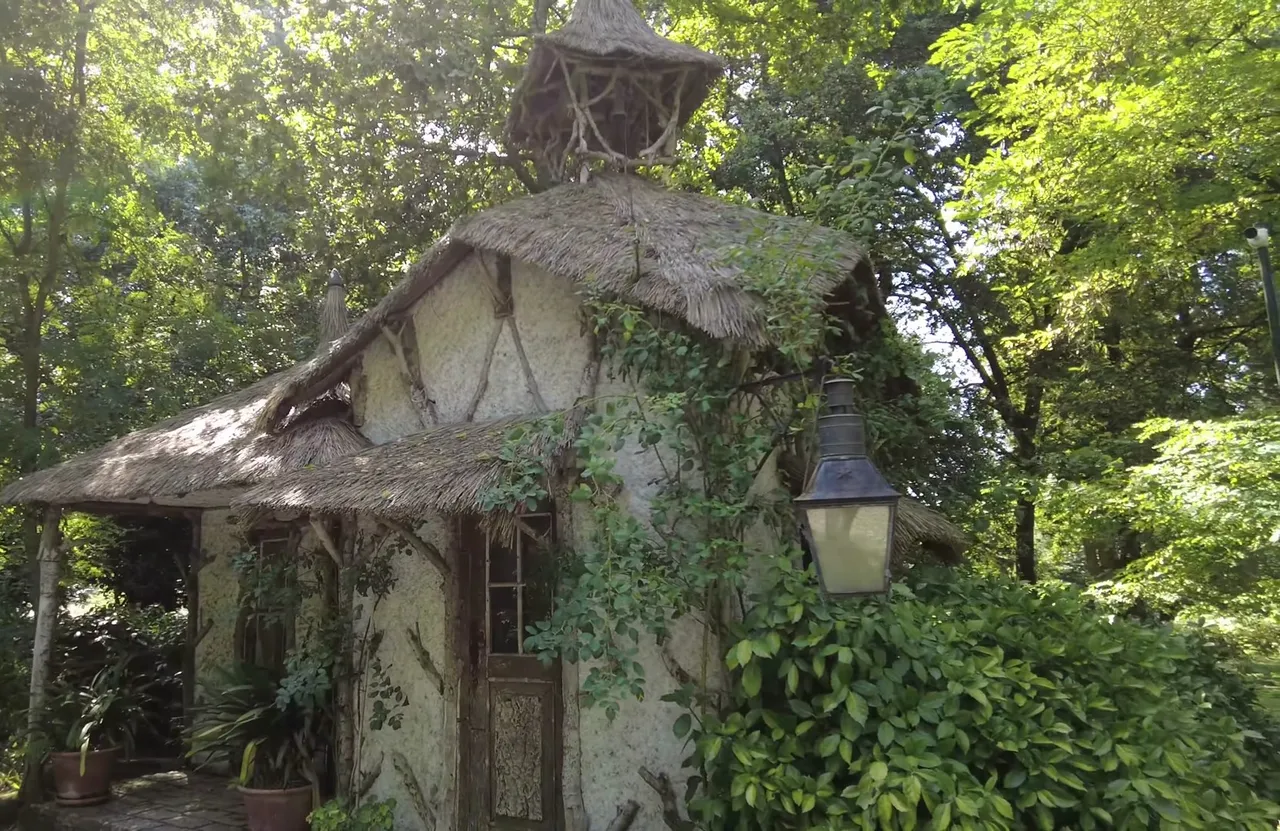
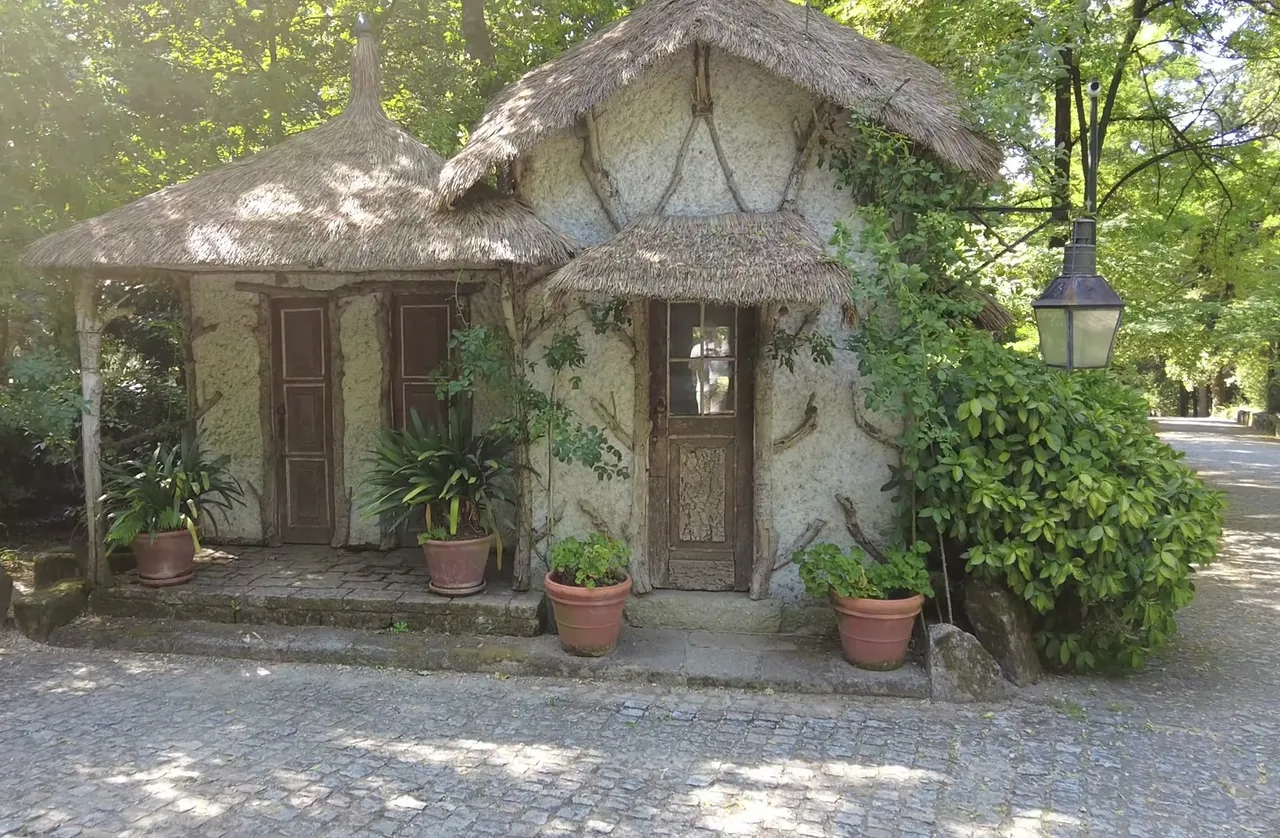
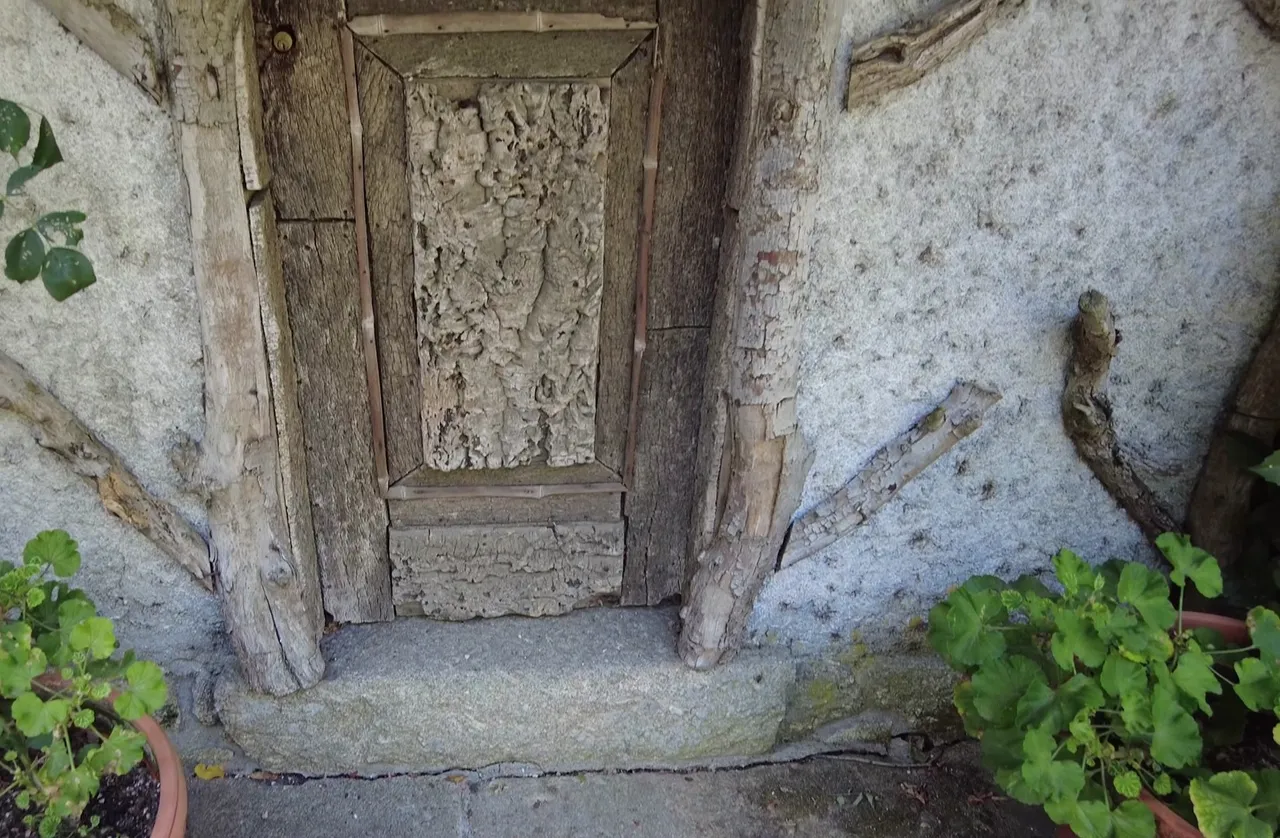
Another interesting structure is a house built for newlyweds. Guedes specially built this cottage for newlyweds so they could spend time in privacy. It was especially difficult for working-class and peasant families at that time. It is really a very cute cottage. Finally there is a structure called the goat tower or goat and kid tower. Goats live here, being fed and roaming freely. There are many walking paths, the most important being a beautiful cork tree path extending from the entrance to the property. There is also a blooming camellia path. So there is another reason to come back here again.
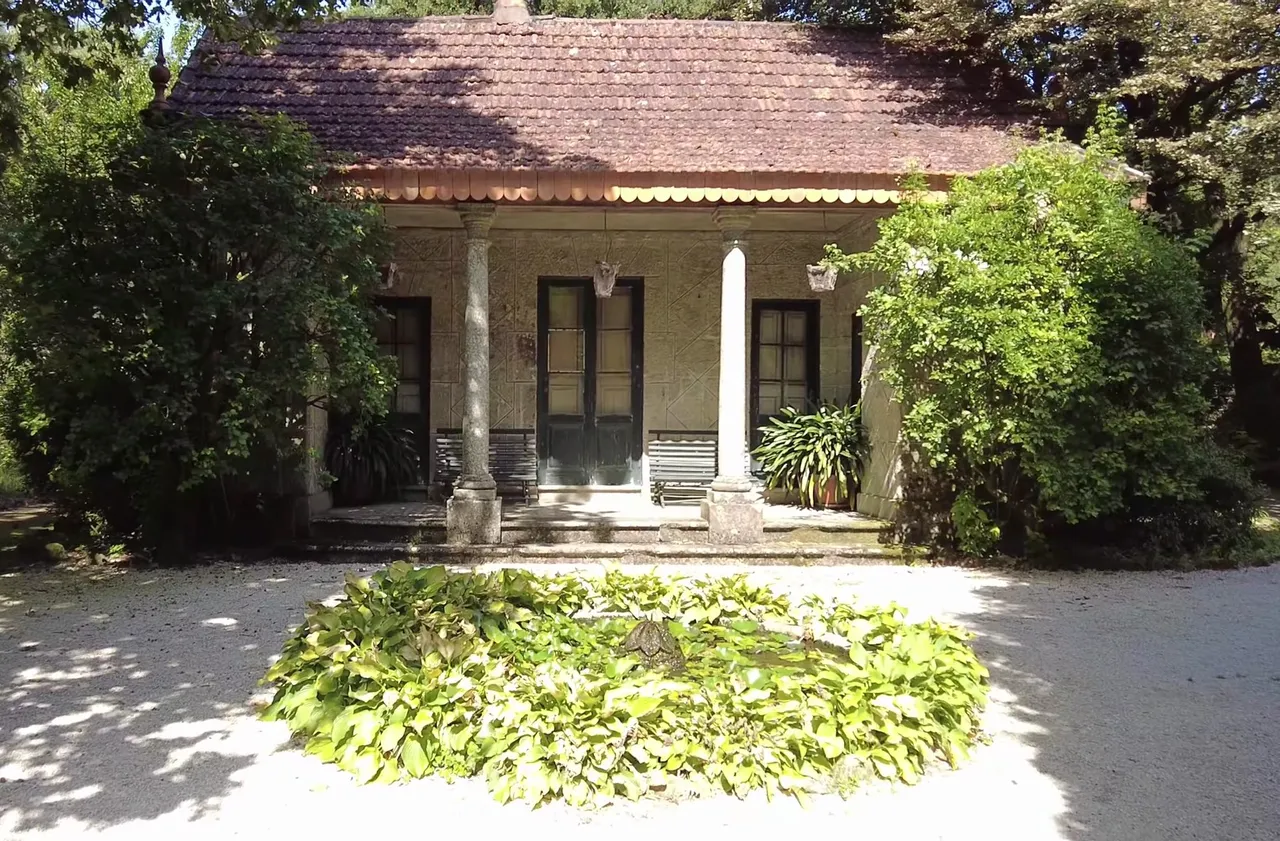

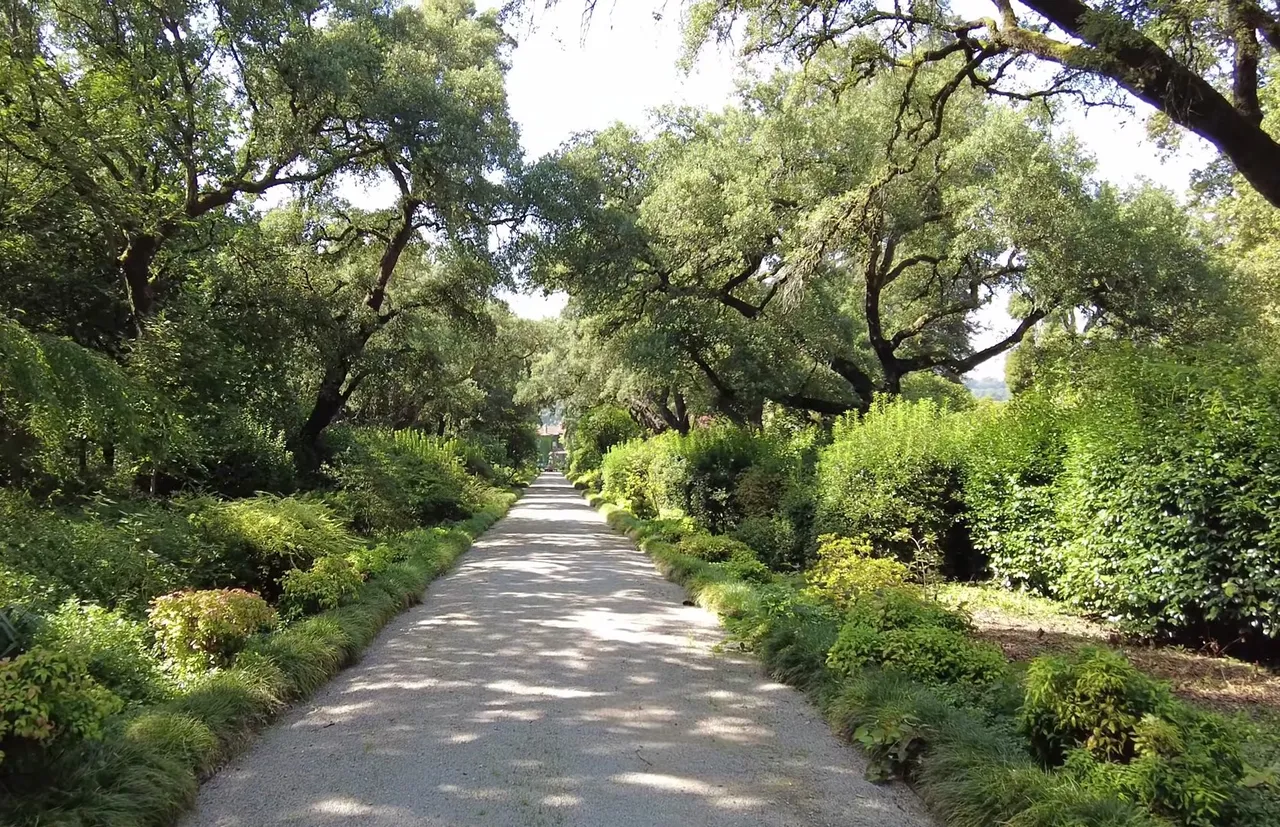
Here there is also a magnificent lake with an island in the middle, featuring a Manueline window. Particularly, Viseu, the center of another wine region, is one of the oldest, perhaps the oldest. This region has been known for its wines since Roman times. It was geographically defined in 1908 and gained protected origin status in 1984, which is very important.
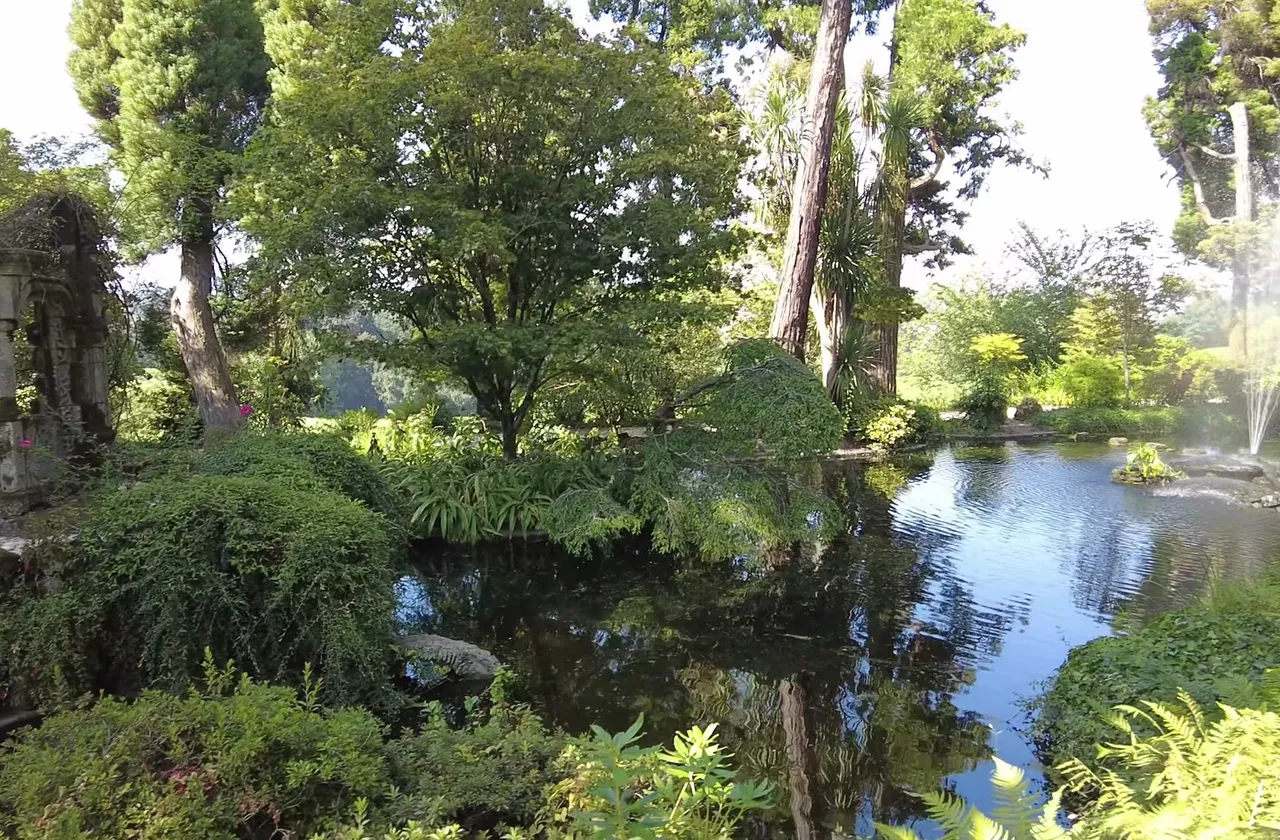
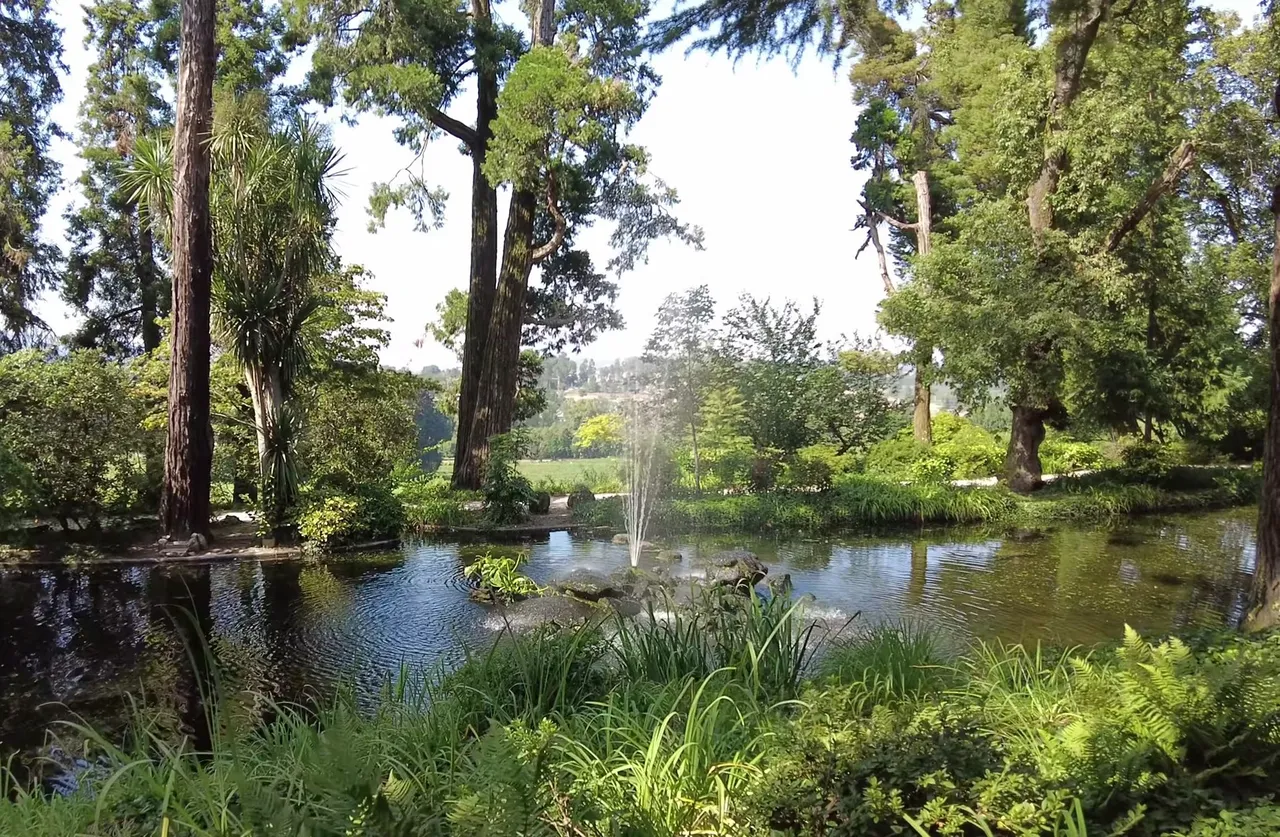
The Vinho Verde or Green Wine region, consists of 9 sub-regions. We were in Monção, probably the most important one, located on the Spanish border. Here next to the Manueline window where lovers spend their time, there is a fountain and a cottage for women. In this cottage they can enjoy the view and the vineyards.
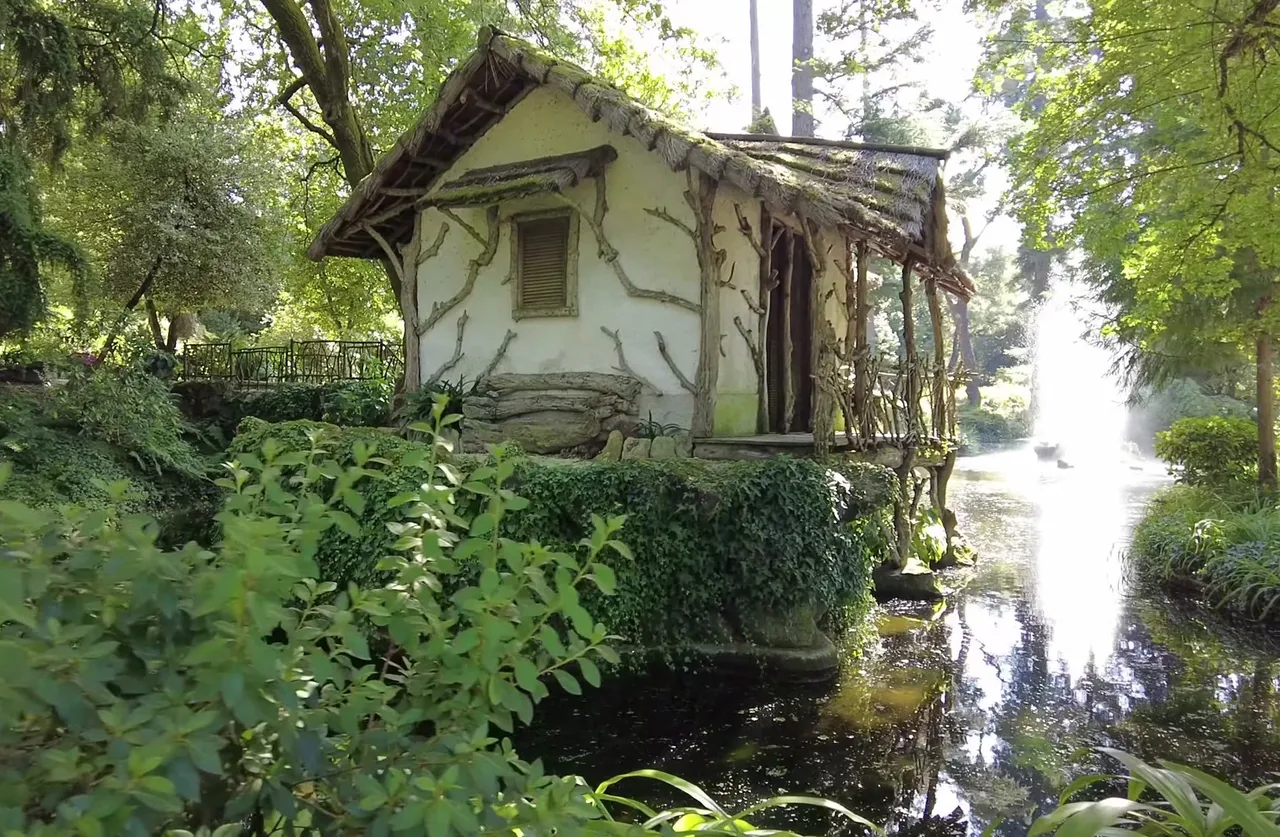

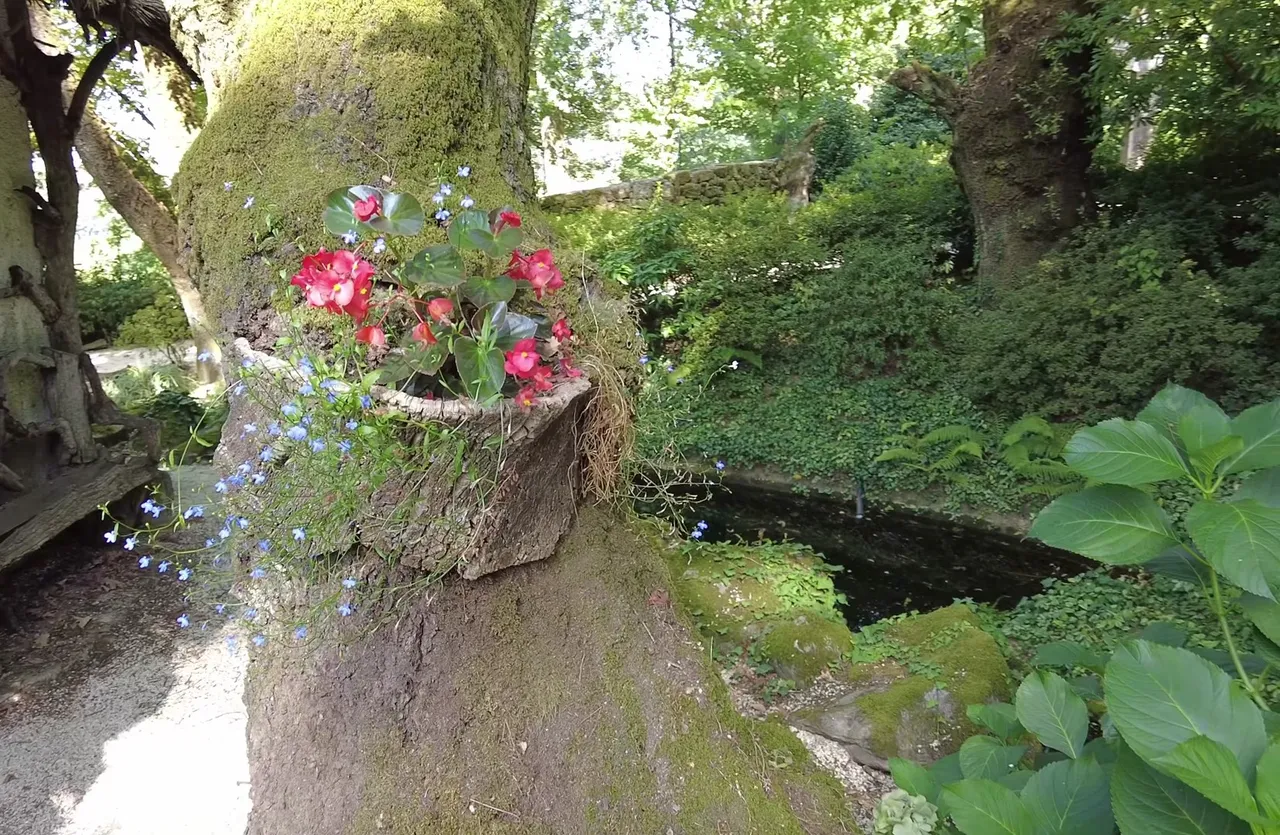
To explain why this region is called Green Wine, the wines are not green. When you taste them, you will see that they are the color of normal white wine. Their colors can range from pale lemon yellow to straw and deeper hues. The region is called green wine because it is really green. It is Portugal's coolest wine-producing region and receives a lot of rain, making the vegetation very lush. The wines are also called green because they are young, fresh and fruity. They typically contain 8 to 11 degrees of alcohol and are also known as beach wines.
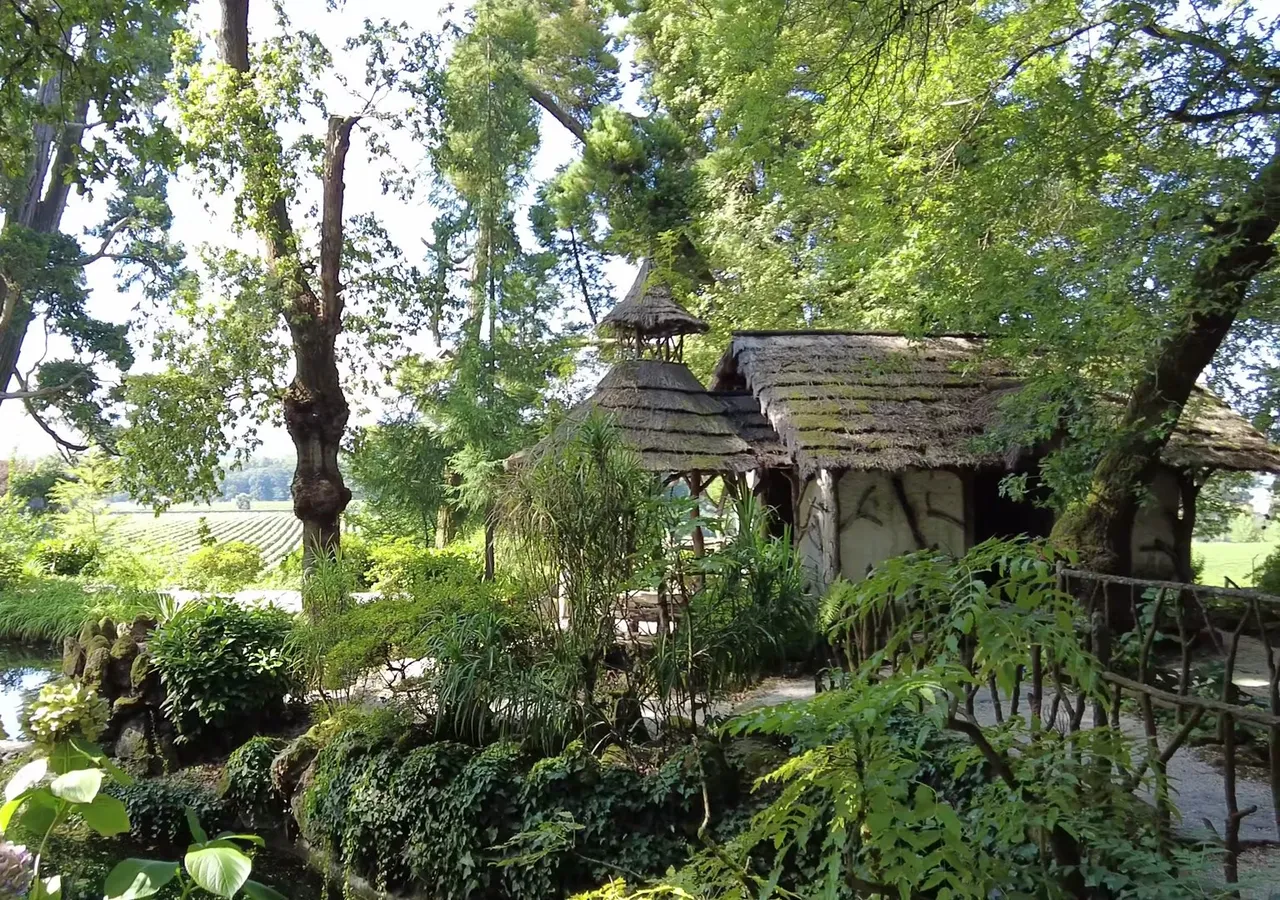
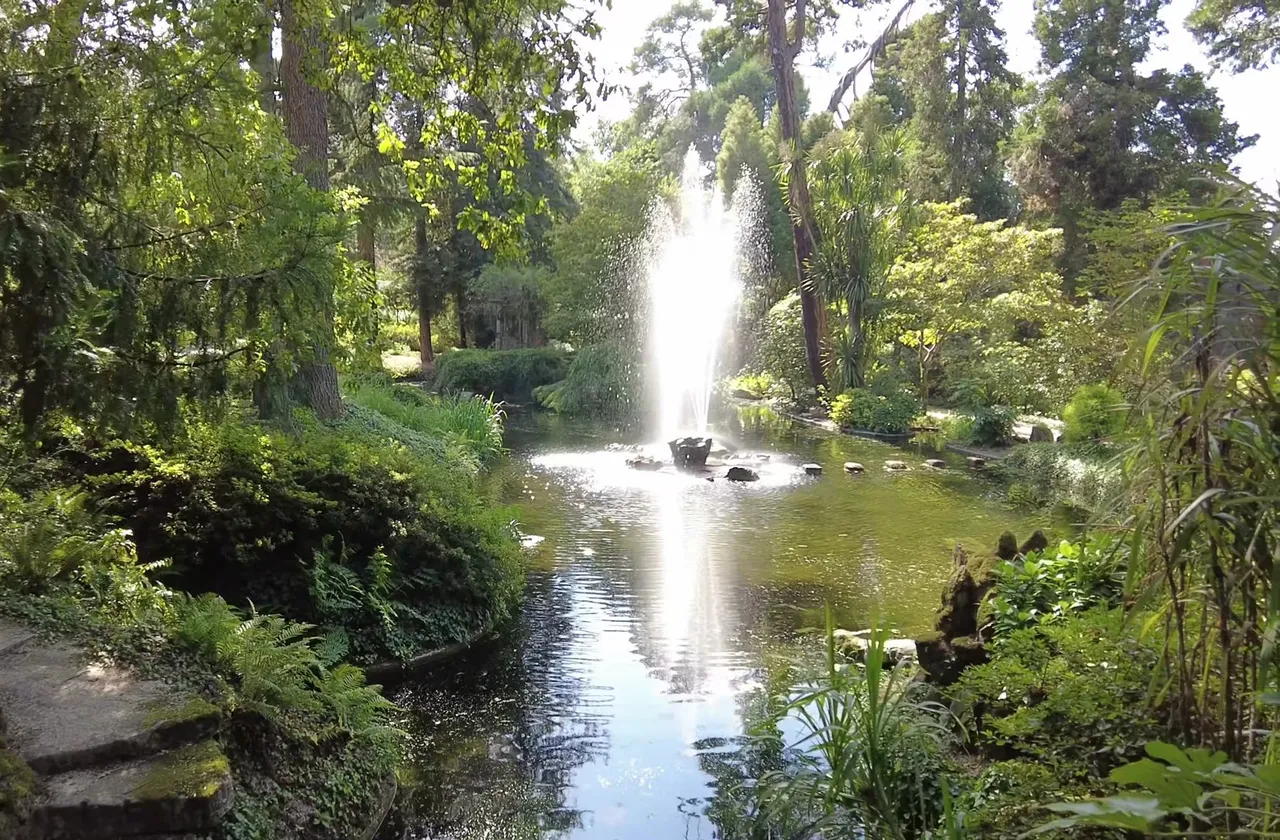

Along with white wine, rosé and red wines are also produced here. Red wines are produced in limited quantities. They have a ruby color and are usually drunk from ceramic cups resembling Asian tea bowls.
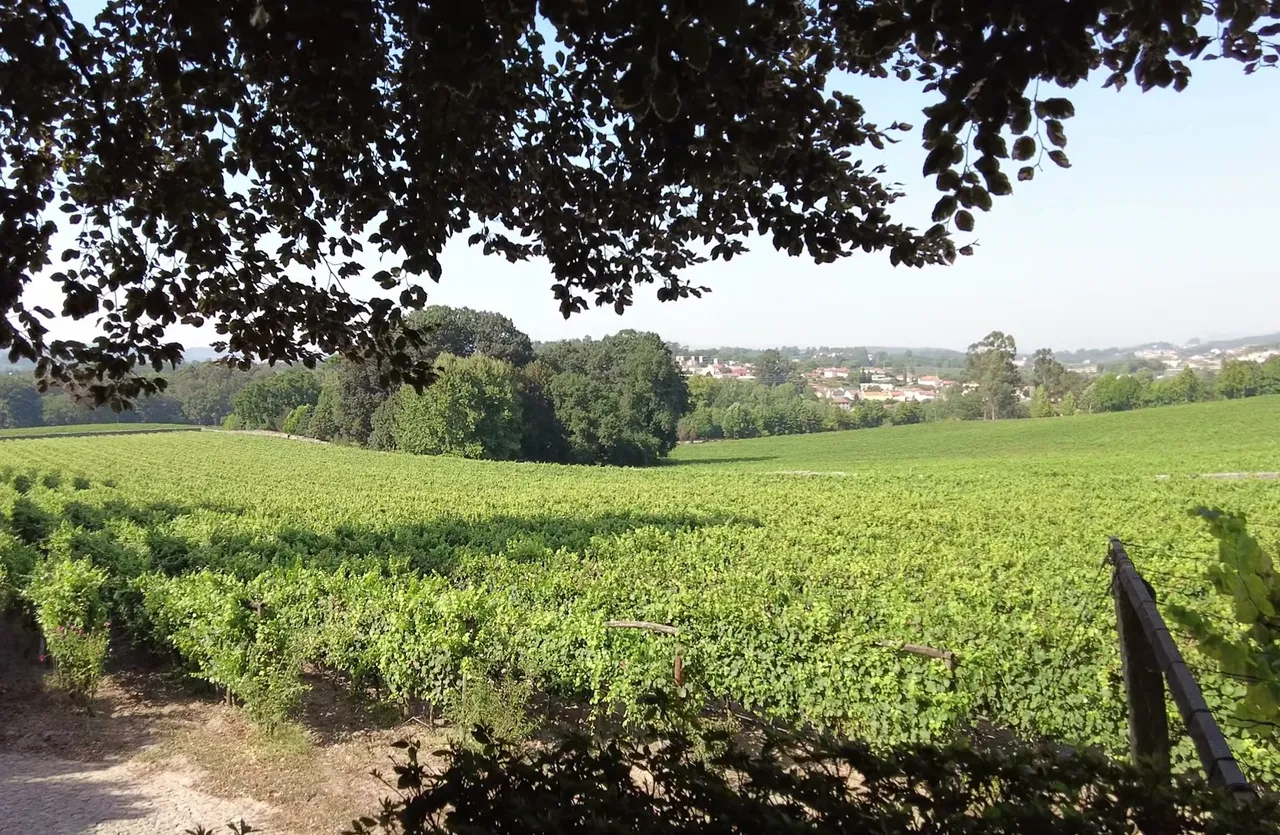
In the park of Quinta da Aveleda, you will find Guedes main mansion, which is in excellent condition and very well-preserved. In front of the mansion is the Four Seasons Fountain, representing his four granddaughters. Since they were born in different seasons, this fountain was built in their memory. There are also two California sequoias that the founder planted for his granddaughters. These trees are only 120 years old but are quite tall.


Red wine is not produced on this farm. Instead "aguardente vínica" a Portuguese brandy made from red grapes, is produced and stored in old cellars in 17th century barrels. An interesting story about these brandy bottles: a family member received a thin blue glass bottle as a gift from the Russian Tsar. This bottle was given to a family member who served as a diplomat in the Portuguese embassy in Russia. Using this bottle as a model, similar bottles were made for the brandy produced here.

A few more words about wine production and grape cultivation: this region has a hilly terrain not surrounded by mountains. It extends from the Douro and Minho rivers from south to north, from the Atlantic Ocean to Gerês National Park. Due to the windy conditions, the vineyards are grown on high trellis systems. The grapes used to be hung on various pergolas and poles, even on telegraph poles, to provide ventilation and protect them from mold diseases. There used to be a law here that prohibited the use of fields for vineyards. These fields were used for vegetable cultivation and the vineyards were grown on pergola systems around the fields. Even now this historical arrangement is preserved in some places. However even the vines grown in the fields are quite high compared to other Portuguese and world wine regions.
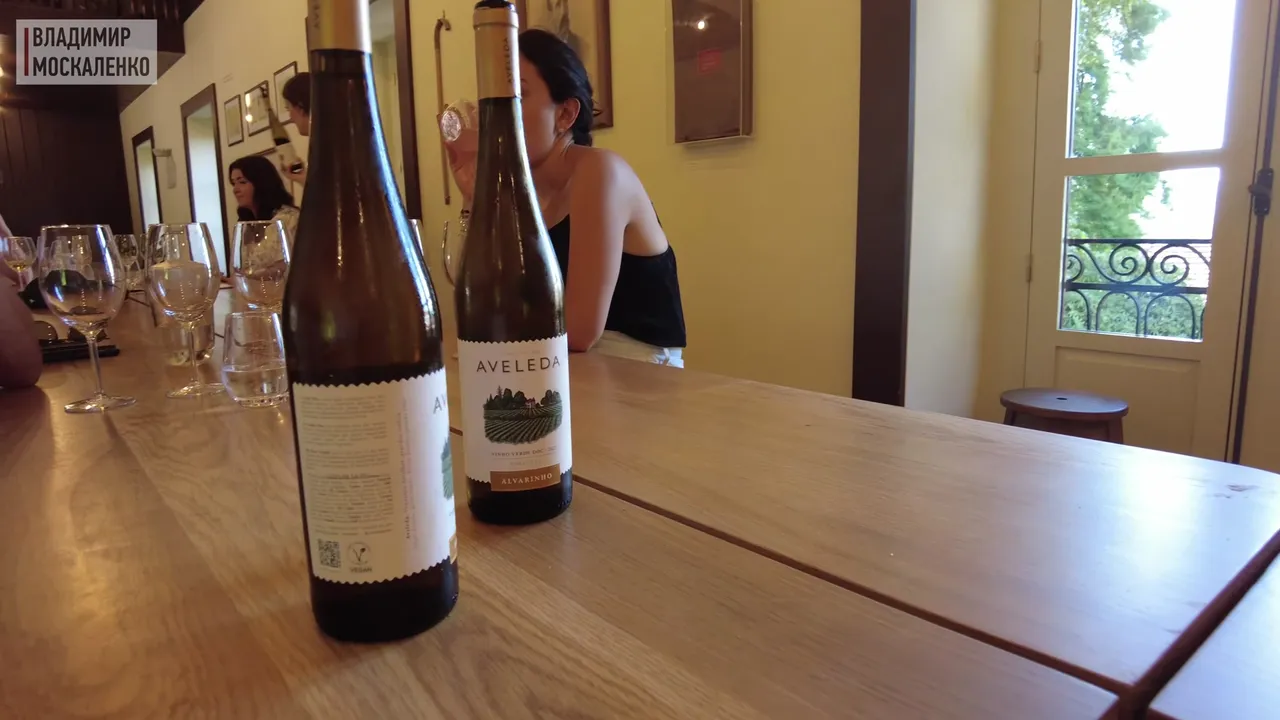
One of the features of the region is that the wines have a slightly sparkling quality. This is explained by a specific fermentation method called malolactic fermentation. In this process malic acid is converted into lactic acid, giving the wine a slight effervescence, making it resemble slightly sparkling wines. Nowadays many producers create this effect by directly adding carbon dioxide to the wines. Vinho Verde wines are usually affordable and one of the best-known brands Casal Garcia, belongs to the Guedes family.
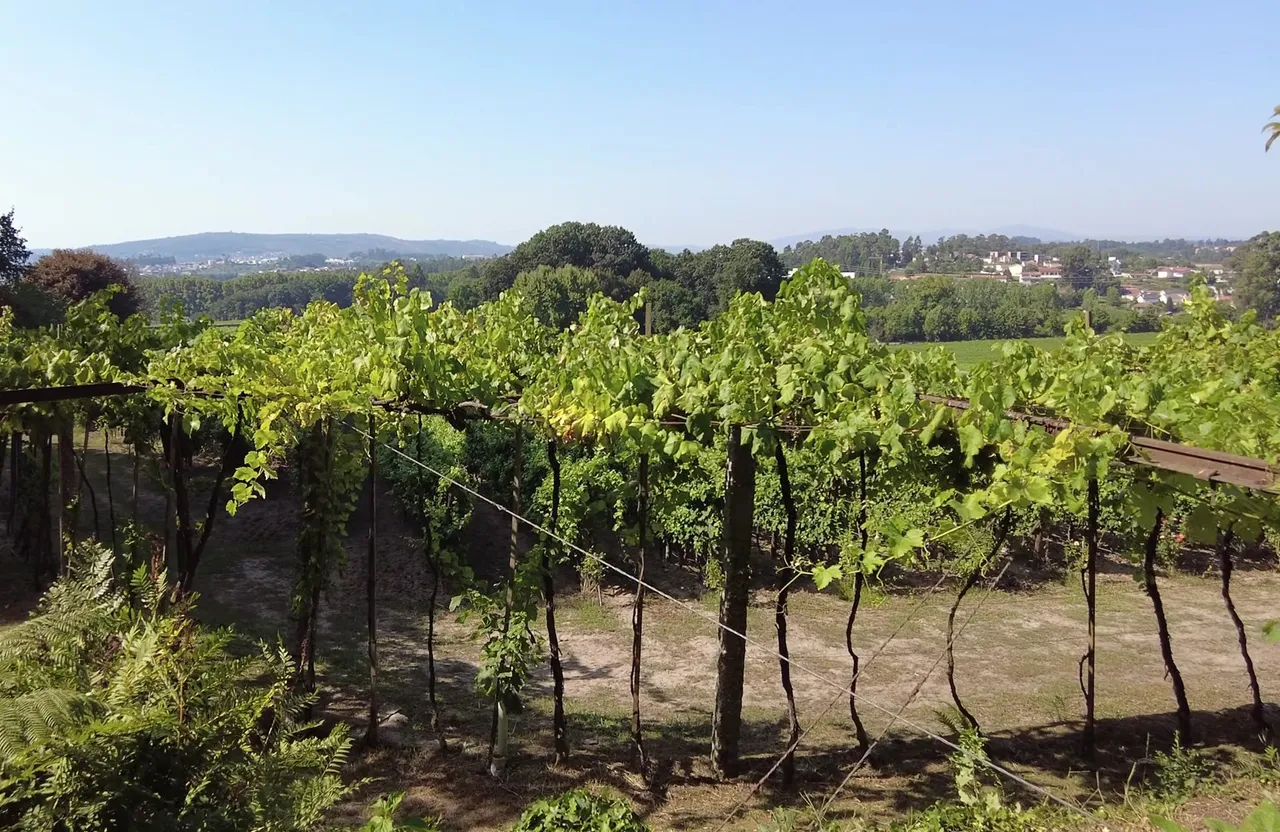
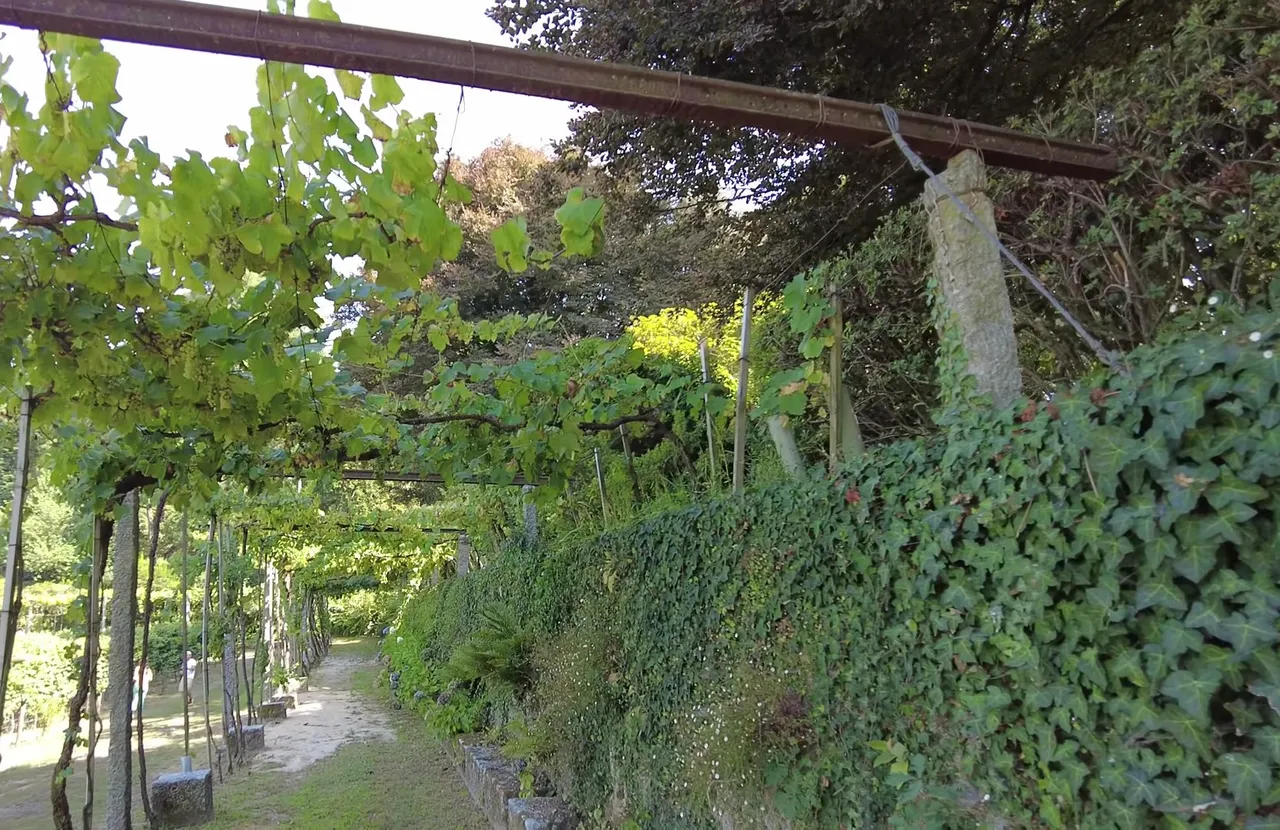
I hope you enjoyed this little trip. Now you know that green wines are not actually green. These wines are great for warm or cool weather, especially with fish and seafood dishes. Don't hesitate to try these wines while enjoying the abundant seafood in Portugal.
